Indoor pools offer year-long enjoyment, however, they also put in place a unique difficulty: managing humidity. Indoor pool atmospheres are damp areas on purpose. But according to James Horgan of Dectorn, way too much experience extra humidity. It shows itself in the shape of damp windows, early dehydration, or complete decaying of building materials. If left ungoverned, high humidity levels in pool spaces can pave the way to miserable environments, structural destruction, and even health issues. So, what is the best way to dehumidify an indoor pool? Today’s post will explore effective techniques and why appropriate indoor pool dehumidification is the key to keeping a safe, pleasant, and long-standing indoor pool environment. Let’s look into the best dehumidifier for indoor pool, and find out how you can modify your indoor pool area into a haven of perfect humidity balance.
Why Proper Dehumidification is Important for Indoor Pools?
Indoor pools are more than just a leisure _ they’re an investment. Appropriate humidity management makes sure your pool space stays a comfortable and safe area. Besides, high humidity can lead to various problems. This is because water continuously penetrates building materials. The pool water contains chlorine that has the power to wear down building materials than the water itself. This can cause:
Structural Damage: Excessive dampness can drip into ceilings, walls, and floors causing corrosion, and decomposition. With time, this can impair your pool space’s structural character.
Health Risks: High humidity fosters mold and mildew. This can activate allergies and respiratory problems for the ones using indoor pool.
Discomfort: A damp atmosphere feels irritating and suffocating. As a result, it diminishes the pleasure of utilizing the pool. Also, it may trigger electrical tool damage with costly repairs or replacement charges.
Raised Energy Prices: High humidity levels push HVAC systems to operate intensely, boosting energy usage and increasing prices. A systematic dehumidification system for indoor pools can decrease this burden. Also, it will make sure that energy consumption is controlled while keeping up a comfortable atmosphere.
Mold and Mildew Growth: Excess humidity in indoor pools promotes mold and mildew, which spoil surfaces and present health issues. These toxins grow in damp settings, making dehumidification a necessity to guarantee air quality stays safe for users.
To indoor pool climate control invest in a trustworthy dehumidification system for indoor pools. This is necessary for sustaining air quality and saving your property. Innovative indoor dehumidifiers with remote control features and Wifi apps can notably lower humidity levels, making your indoor pool area healthy, protected, and cozy. That said, with your investment in efficient humidity control, you’ll expand the span of your pool space, lower maintenance charges, and develop a more comfortable atmosphere for everyone.

How Does A Dehumidifier For Pools Work?
For warm air and pool water, dehumidifiers for pools work by reprocessing the lost heat from the vaporization of the indoor pool water surface. Then the dehumidifiers transfer it to the pool air and water. When the indoor dehumidifier recycles the air, it helps prevent a great deal of cold air from spreading in the pool space. This is how it avoids leading to an unhealthy and unbearable atmosphere.
What is the Best Way to Dehumidify Your Indoor Pool?
Controlling indoor pool humidity is fundamental to preventing corrosion issues and precipitation on walls. For this, we need to acquire methods that attack humidity at its origin and invest in the best dehumidifier for indoor pools. Below are the top methods for efficient indoor pool dehumidification.
Install a Pool Dehumidifier
The most practical way to handle humidity is to install a specially designed dehumidifier for pools. These tools are tailored to remove dampness from the air, keeping the optimal humidity levels in your area. Commercial-grade dehumidifiers are the best for indoor pool dehumidification providing exceptional productivity and trustworthiness.
What are the benefits of indoor dehumidifiers? Pool dehumidifiers come with a range of advantages including:
High Moisture Removal Capacity: Industrial units tackle the increased humidity of pool spaces. They efficiently remove big volumes of dampness to support a secure environment.
Energy Efficiency: Modern technology makes sure that dehumidifiers function effectively. Additionally, you can save on energy charges while providing top performance.
Durability: Dehumidifiers for pools are designed to stand up to damp situations. They are perfect for long-lasting usage in demanding settings.
Putting in a dehumidifier enhances air quality and avoids problems such as mold formation, corrosion, and structural destruction triggered by extra dampness.
Improve Ventilation
Regular ventilation is necessary for successful indoor pool climate control. Ventilation systems, like exhaust fans and air exchangers, throw out damp air and draw in drier, clean air. So, combining a dehumidification system for indoor pools with improved ventilation notably increased humidity control.
How to improve ventilation? You can upgrade your indoor pool area ventilation by installing exhaust fans in a planned way to mark humidity-sensitive spaces. Make sure there’s enough air circulation all over the pool space to prevent stale air holes. Also, a couple of ventilation systems with an indoor dehumidifier for thorough humidity control. Efficient ventilation not only lowers humidity but also improves the performance of your dehumidifier by lowering its work burden.
Use a Pool Cover
Covering your pool is an easy yet very practical method to manage humidity, if your pool is not in usage. Pool cover catches humidity, lowering water vaporization and minimizing the quantity of moisture released into the air.
What are the advantages of using a pool cover? The pool covers notably reduce evaporation rates. They decrease the tension on your indoor pool dehumidification system, increasing its lifetime. Also, these covers save energy by sustaining water temperature and lowering the requirement for continuous heating. Installing a reliable pool cover can highly enhance humidity control and improve the performance of other moisture control systems.
Optimize Water and Air Temperatures
Stabilizing air and water temperatures is the gateway technique for lowering evaporation. Preferably, pool water should be preserved between 78°F and 82°F, with the air temperature a bit higher than the water. This lowers evaporation and reduces humidity.
Why does temperature optimization matter? Decreased evaporation rates signify less tension on your dehumidification machinery. Besides, it guarantees an enjoyable atmosphere for swimmers. It helps prevent precipitation on windows and walls which decreases the possibility of structural damage.
By applying these techniques, you can develop a healthy, cozy atmosphere that prolongs the span of your indoor pool while saving big energy charges.

What Should Indoor Pool Humidity Be?
Keeping the proper humidity levels is important for indoor pool climate control. According to professionals, it is recommended to maintain moisture levels between 50% to 60%. This range confirms a pleasant atmosphere for users while avoiding structural harm and lowering energy costs. To prevent condensation on windows, in colder weather, specifically during hot months, the relative humidity level ought to be between 30%-40%.
How to Choose the Right Solution for Your Space?
Choosing the best dehumidification solution relies on various factors. These include your pool size, the area’s design, and your particular preferences. Here are a few tips to assist you decide:
Evaluate Your Space’s Size and Design: Bigger pool spaces create more humidity and demand higher-capacity systems. Confined areas might take advantage of basement or crawlspace dehumidifiers. However, costly spaces require commercial or industrial-grade dehumidifiers.
Look for High-Performance Features: Select a dehumidifier with innovative features such as automatic humidity management. For instance, AlorAir offers hands-free, pinpoint moisture control through its remote control or wifi app features. Look for energy efficiency in a dehumidifier. It lowers deep-rooted working costs while keeping high performance. Also, pool environments can be tough so choose a unit with corrosion-resistant parts.
Consider Noise Levels: Noiseless operation is necessary for forming a relaxing poolside atmosphere. So consider dehumidifiers made to function quietly without compromising effectiveness.
Regular Maintenance Tips
Proper maintenance is key to ensuring the durability and efficiency of your dehumidification system for indoor pools. So, cleanse or change filters regularly. Because dirty filters block air circulation and lower the system’s effectiveness. Then, check and clean drain lines. This helps avoid clogs that may cause water leakage. Also, regularly inspect parts for symptoms of damage or corrosion. Additionally, make sure the system is set to keep optimal humidity levels. Routine maintenance increases the lifetime of your tool and guarantees performance.
Conclusion
So, what is the best way to dehumidify an indoor pool? Investing in a high-quality dehumidification system is the most effective solution. By maintaining the right humidity levels, you can protect your pool area, enhance comfort, and reduce operating costs.
Ready to transform your indoor pool environment?
Visit AlorAir.com to explore our range of dehumidifiers for pools, commercial spaces, and basements. Don’t let humidity compromise your indoor pool experience—shop now and take control of your air quality today!










.jpg)
.jpg)
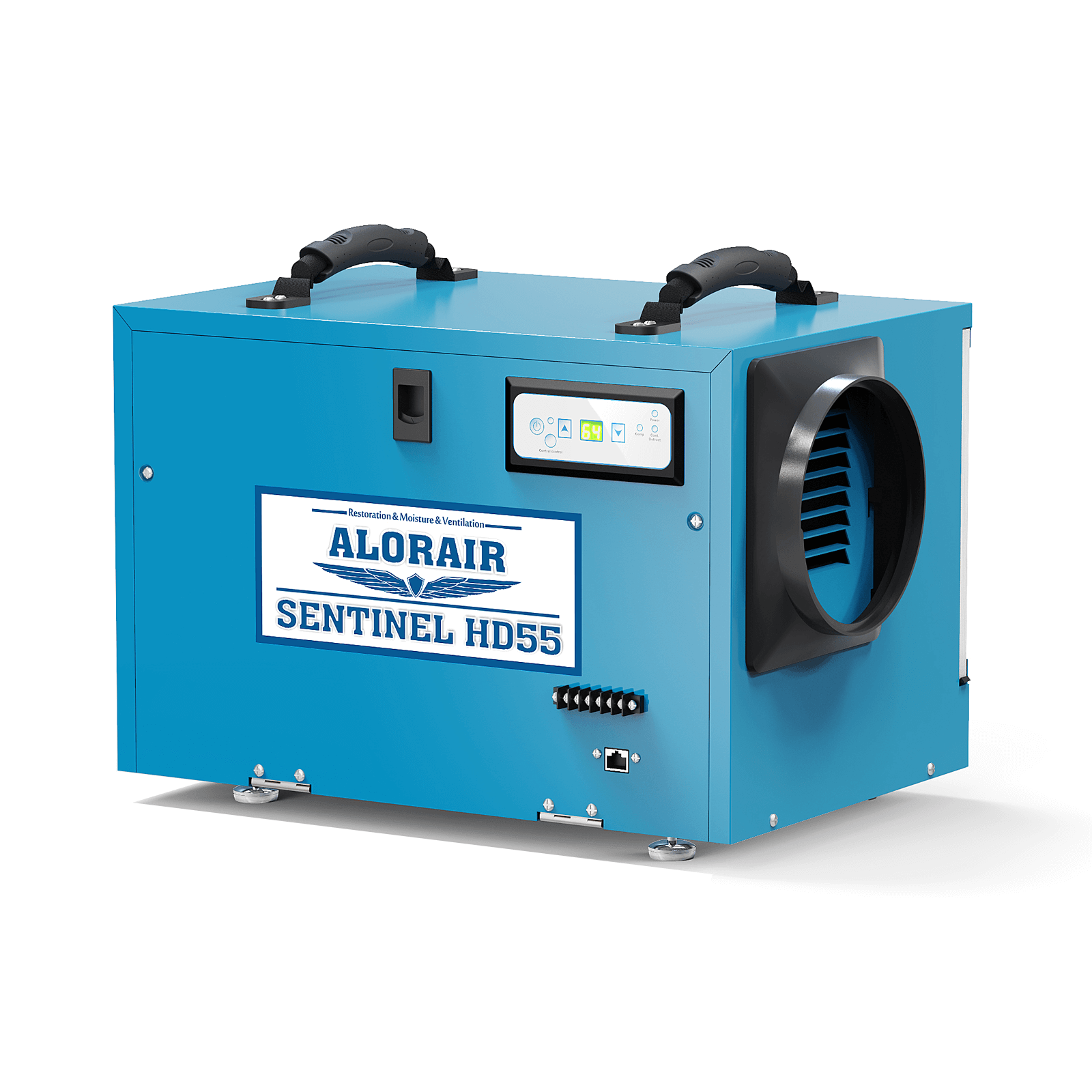
.jpg)
.jpg)
.HDi90.png)
.HD90.png)


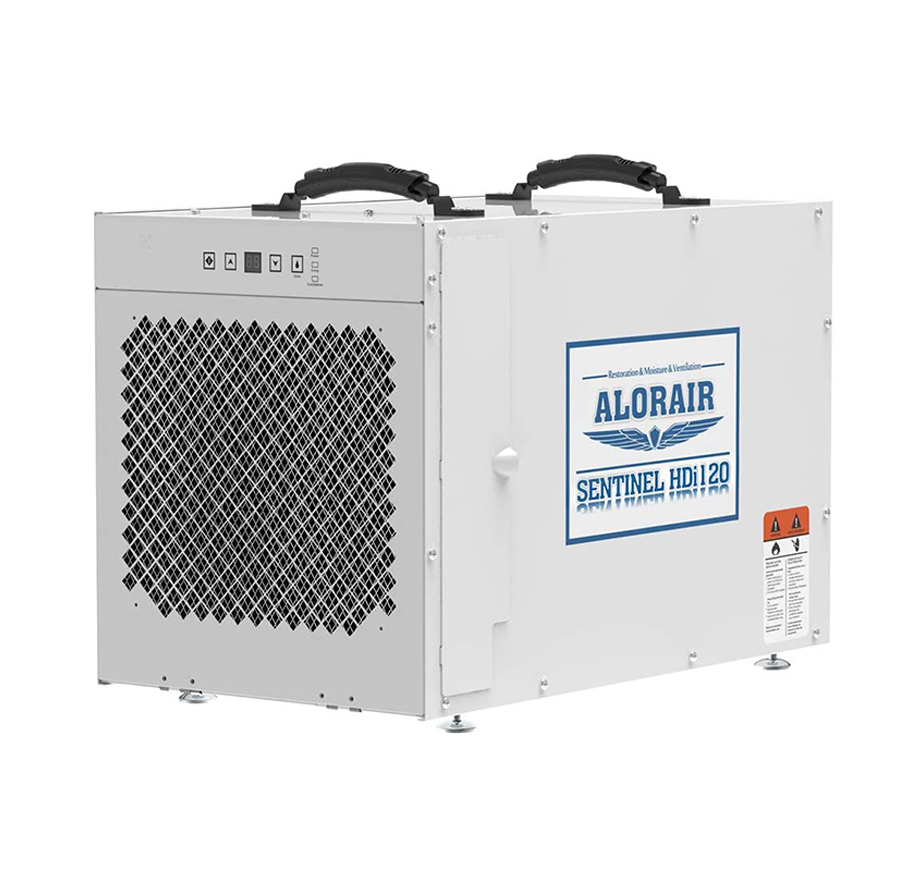






.jpg)
.jpg)
.jpg)
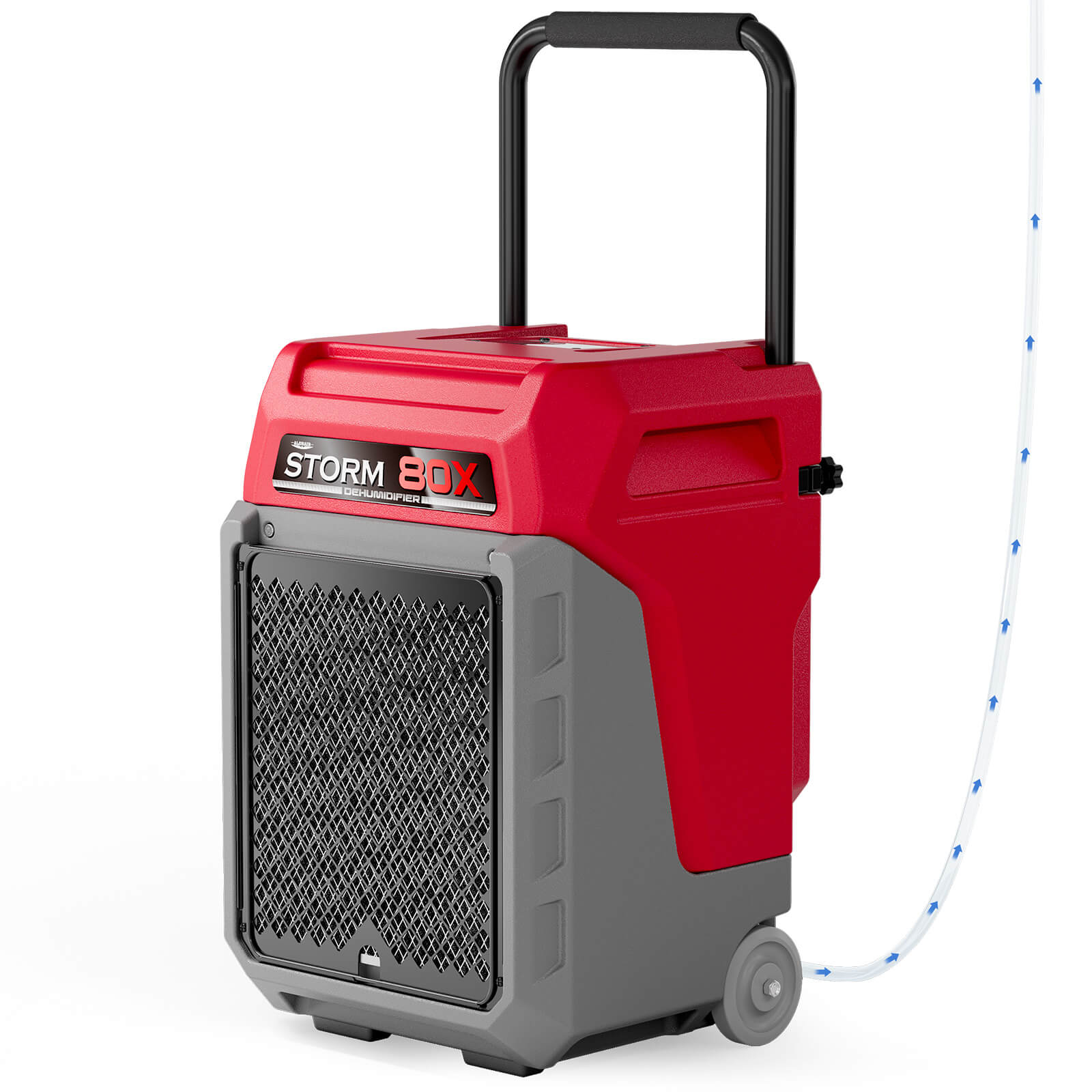

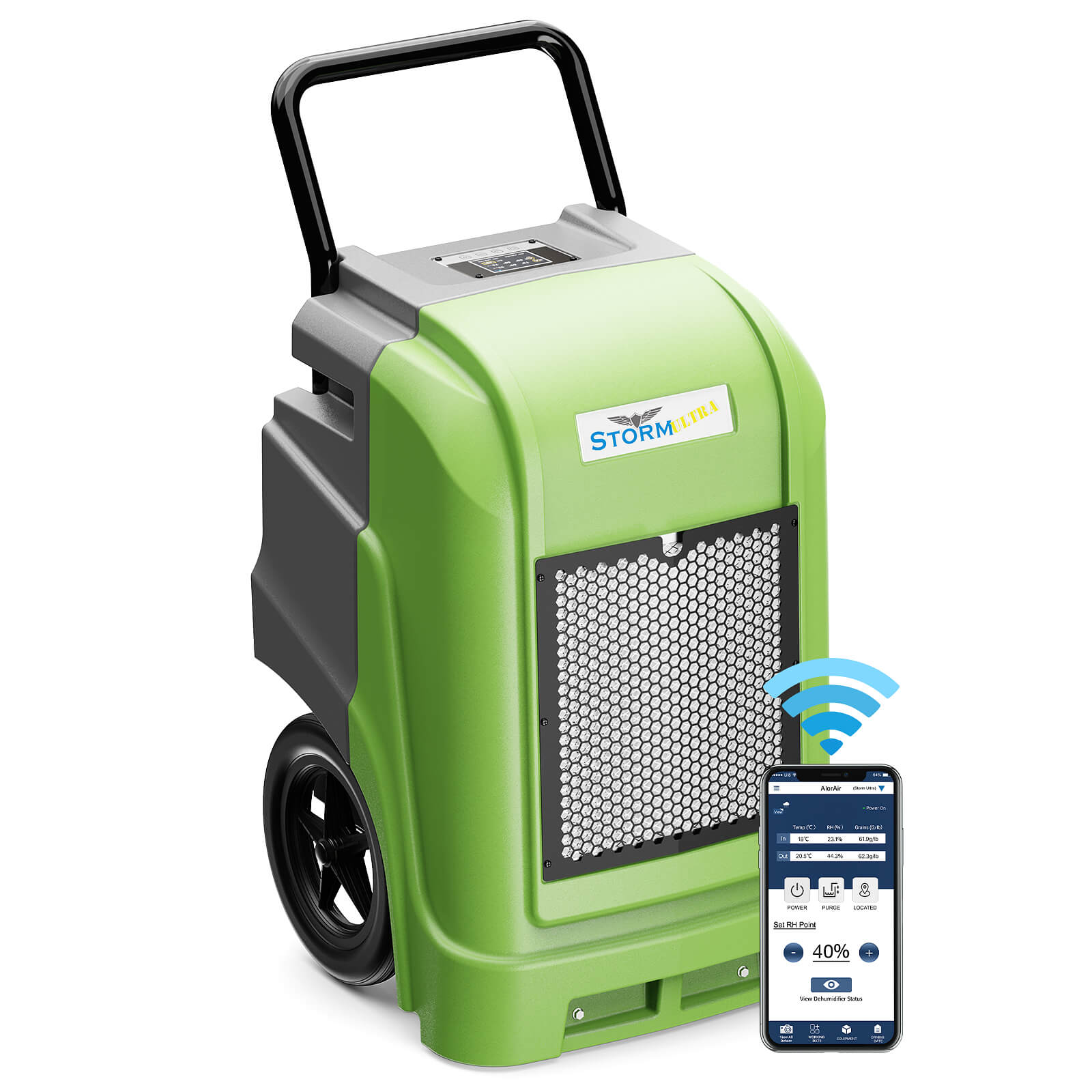
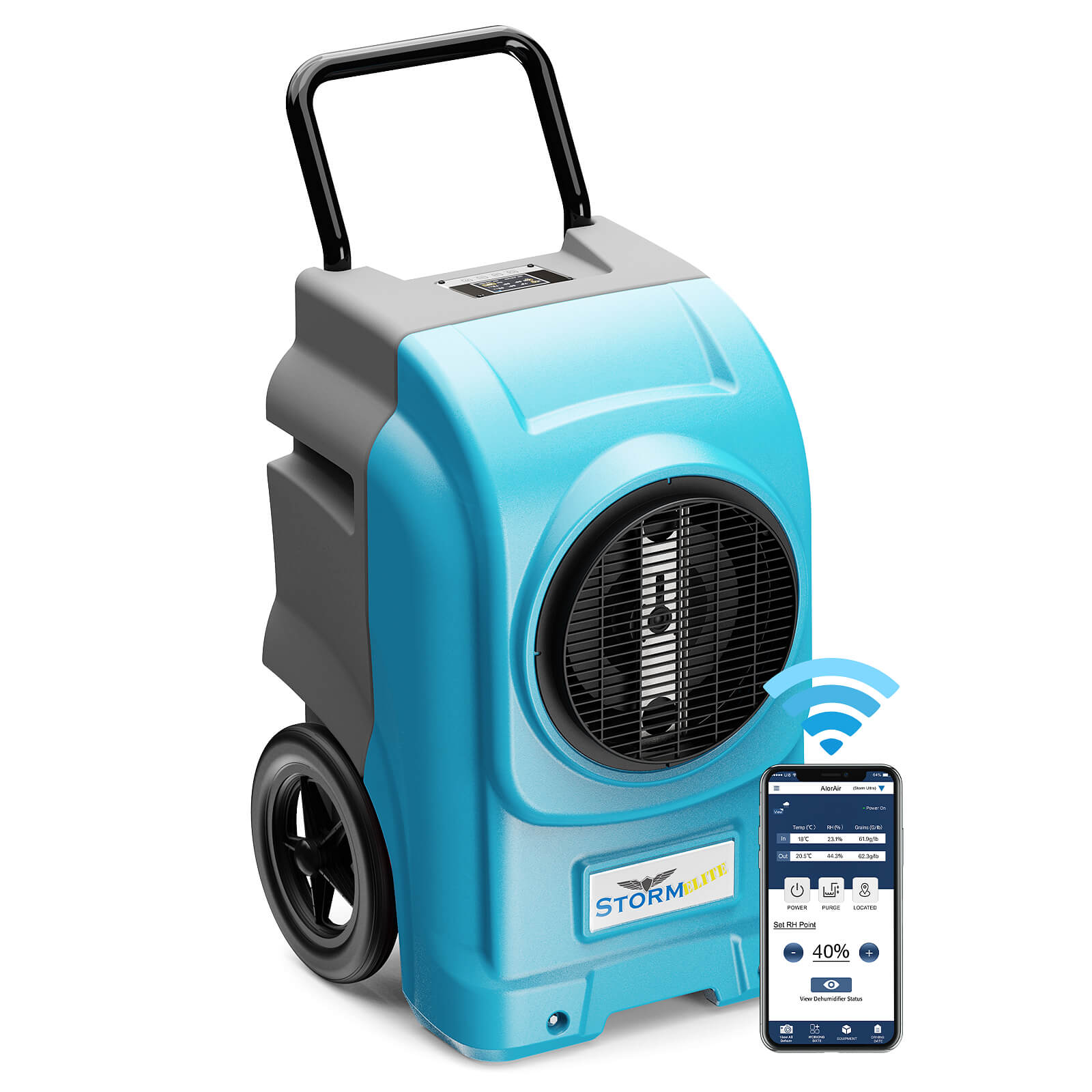
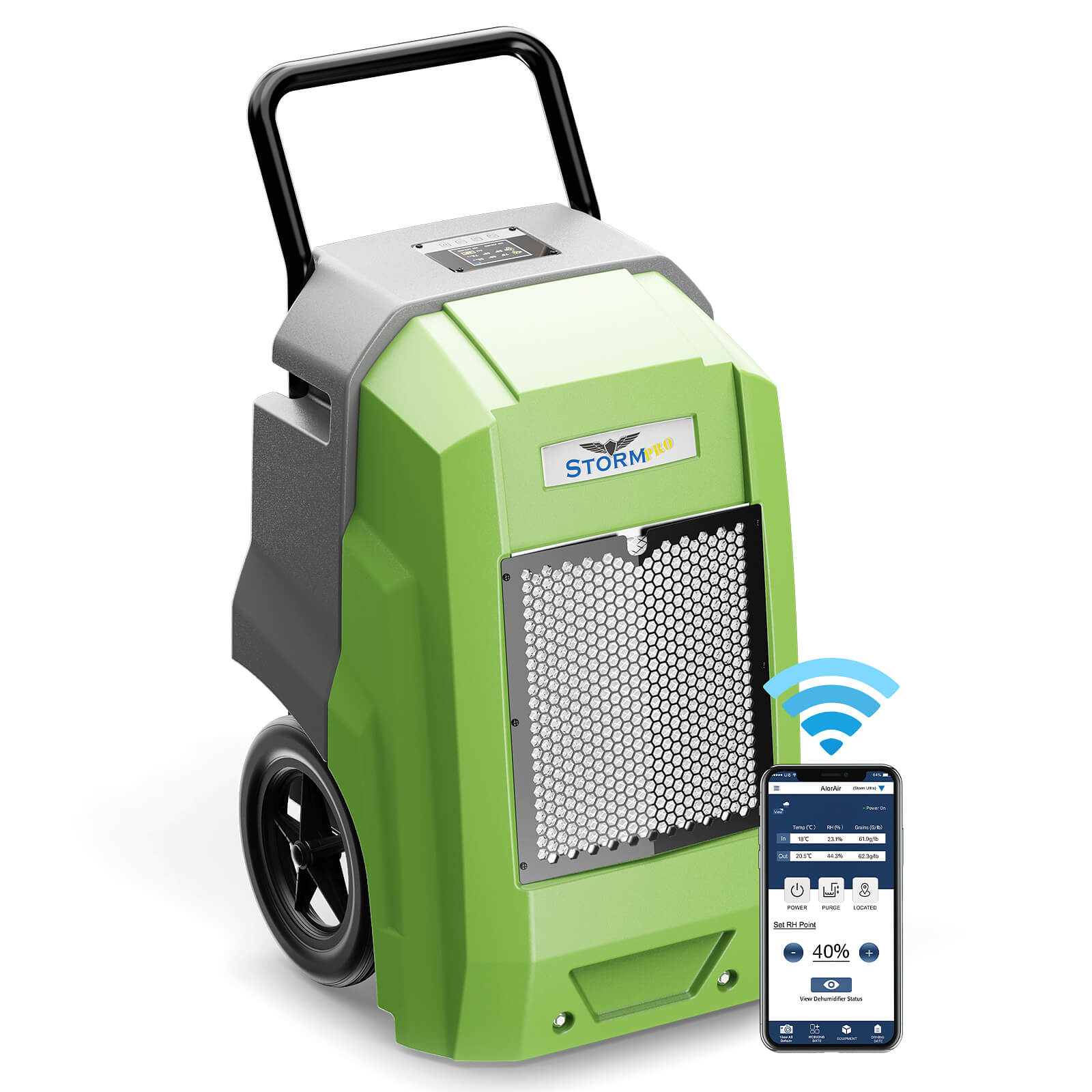
.jpg)
.jpg)
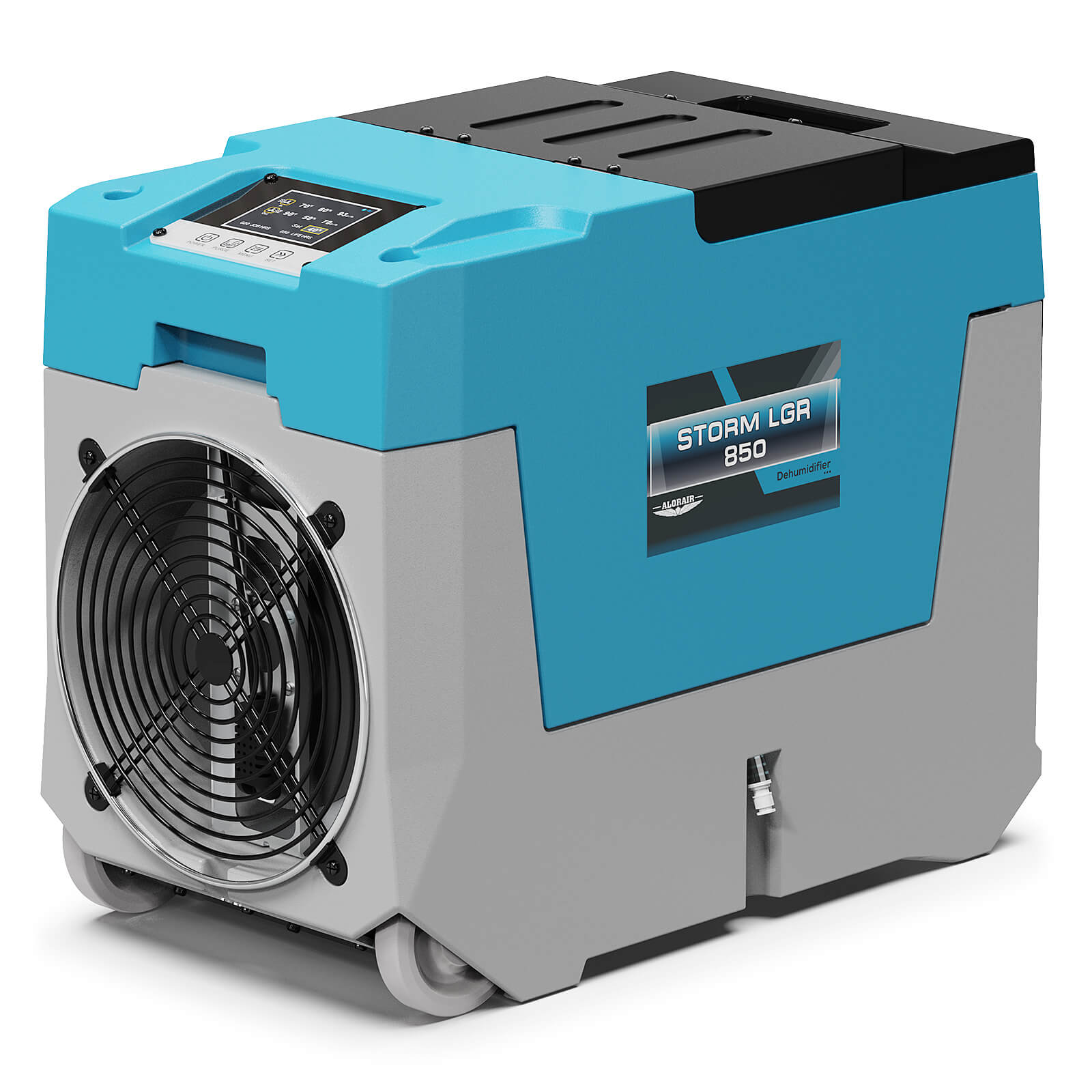
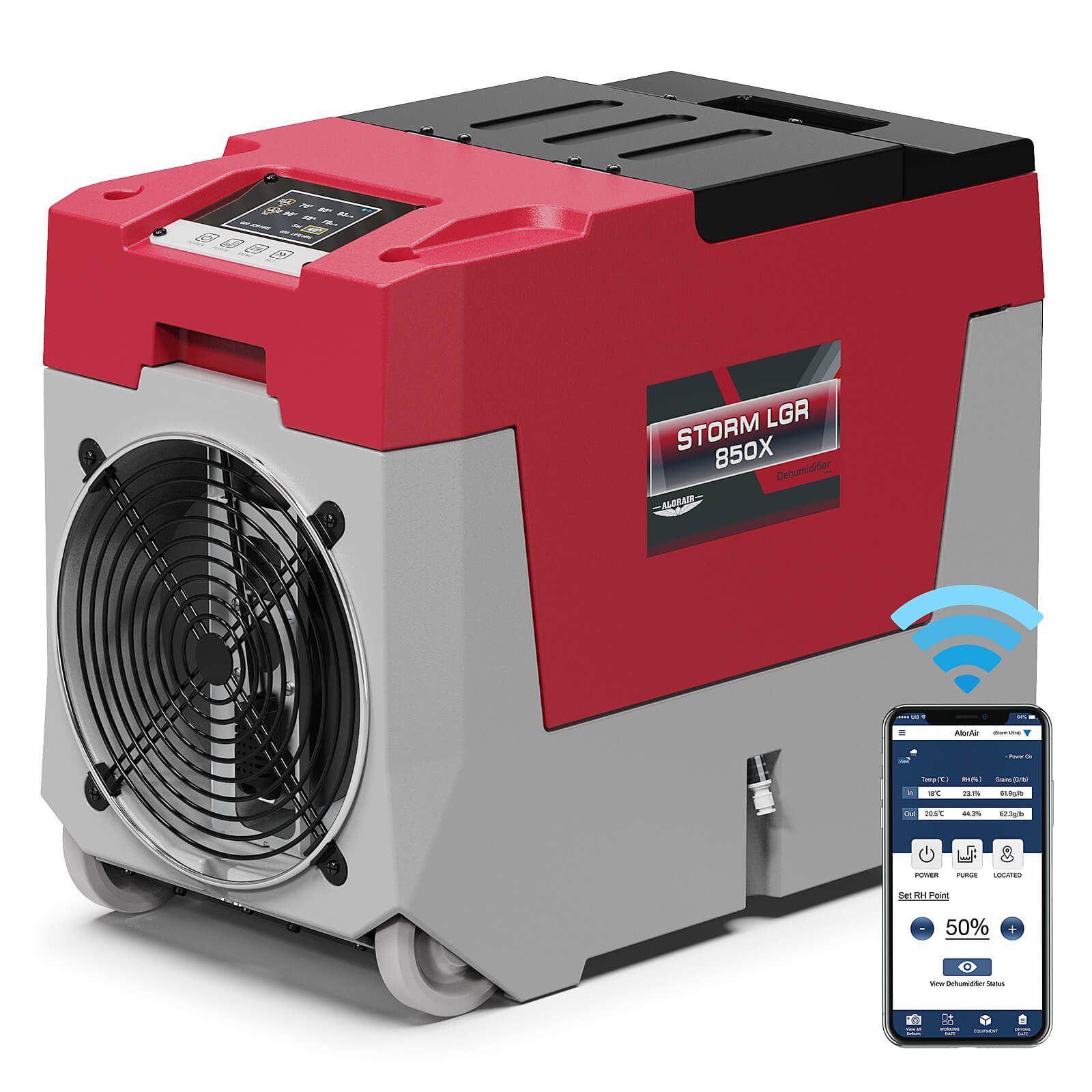
.jpg)

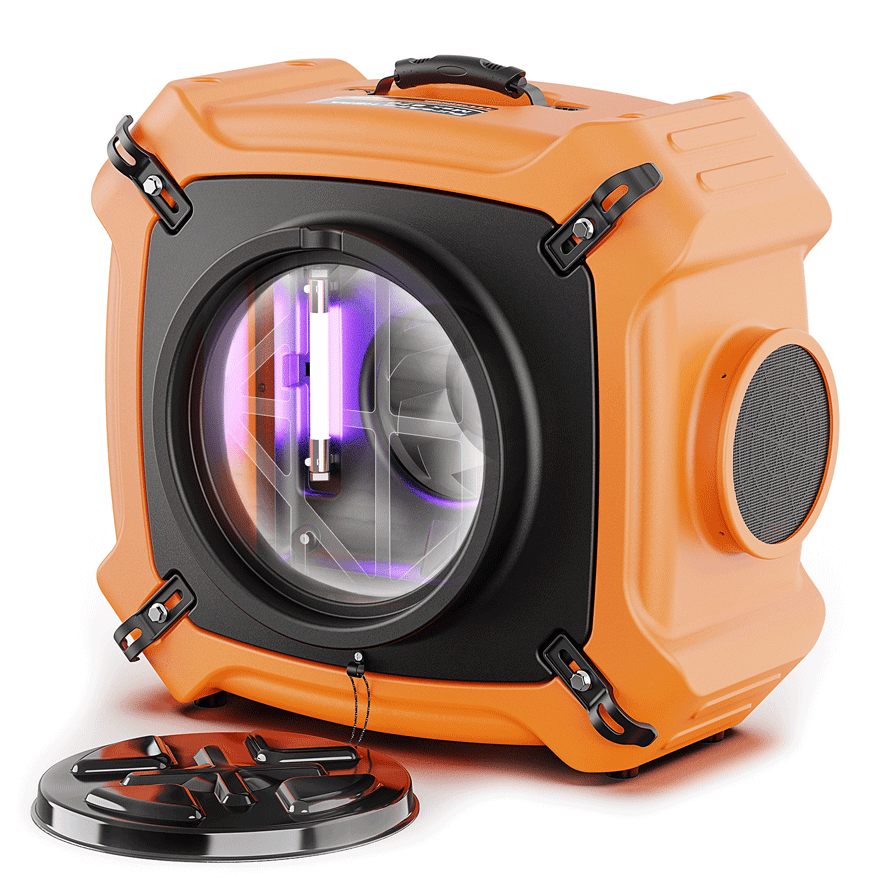
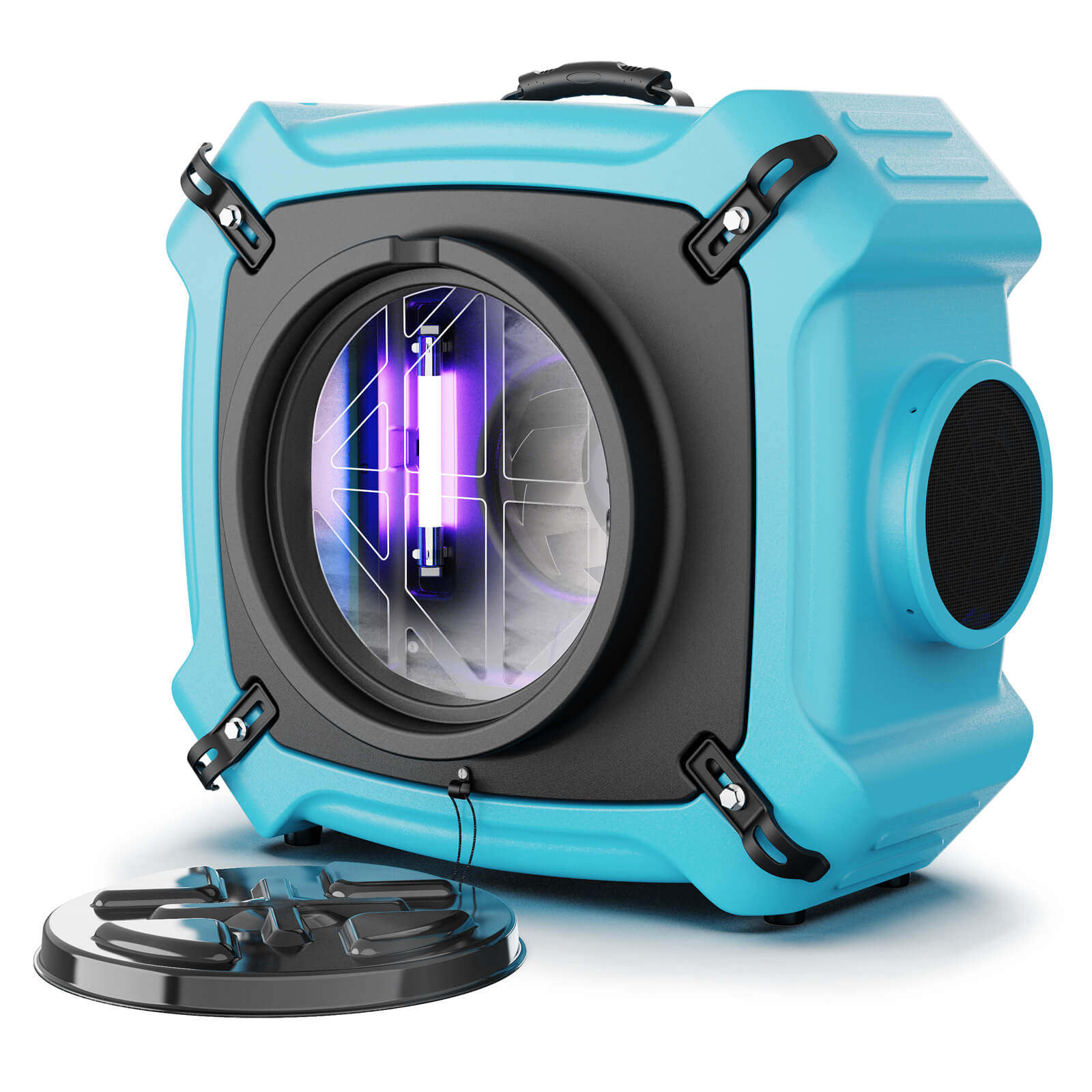
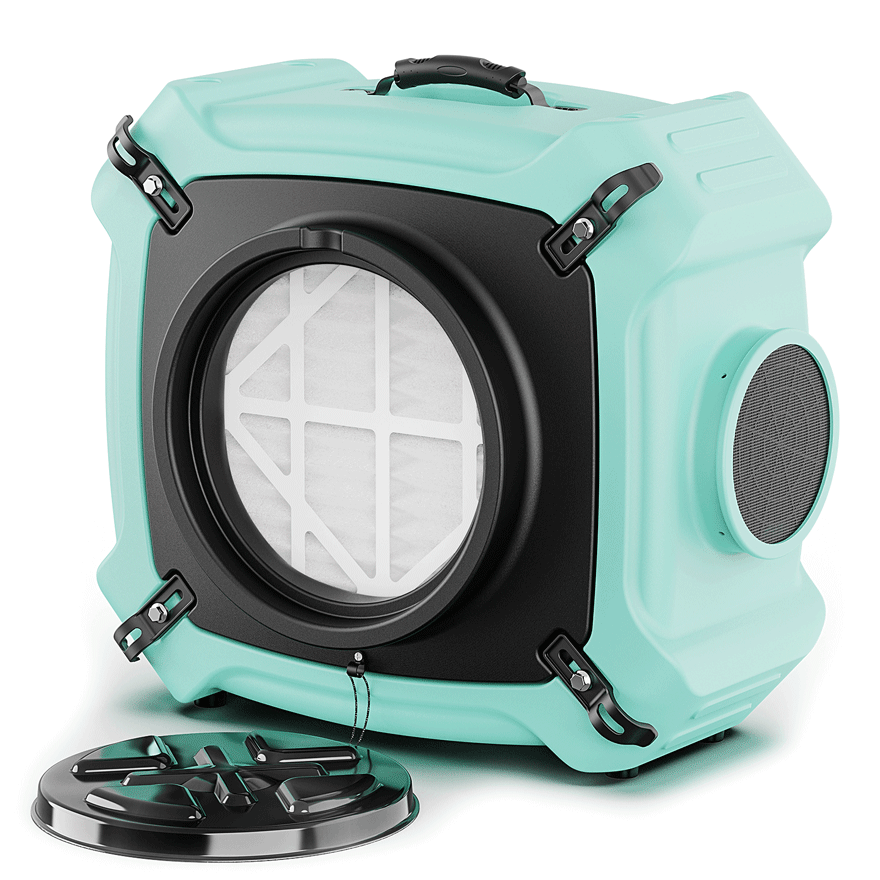


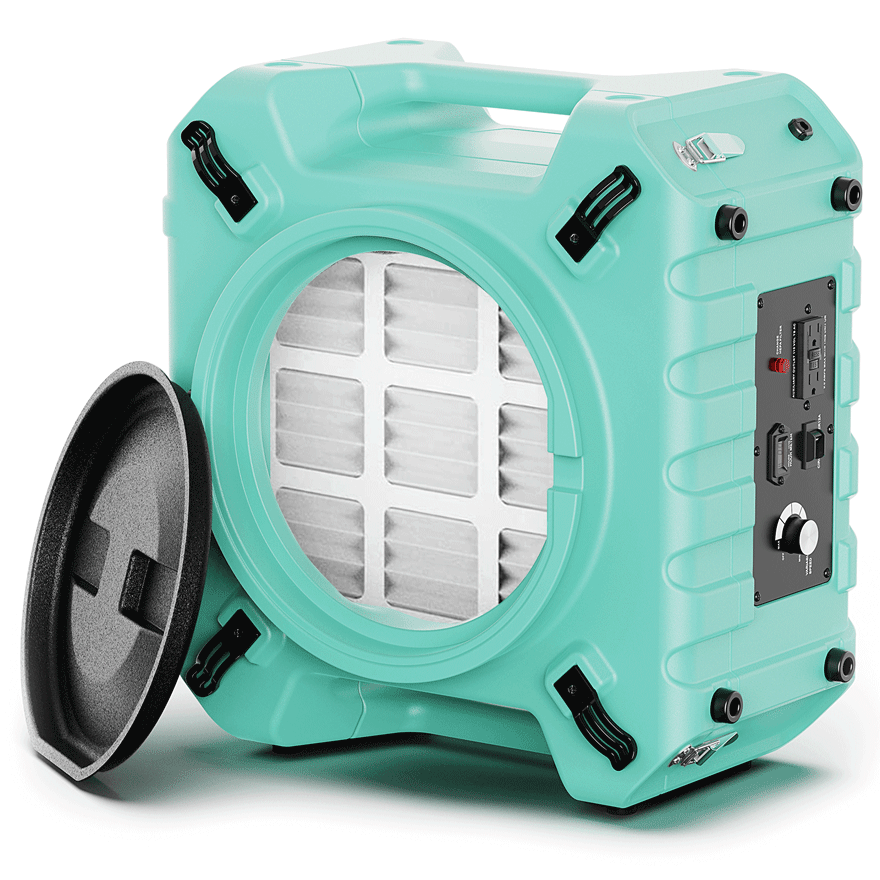

.jpg)
.jpg)
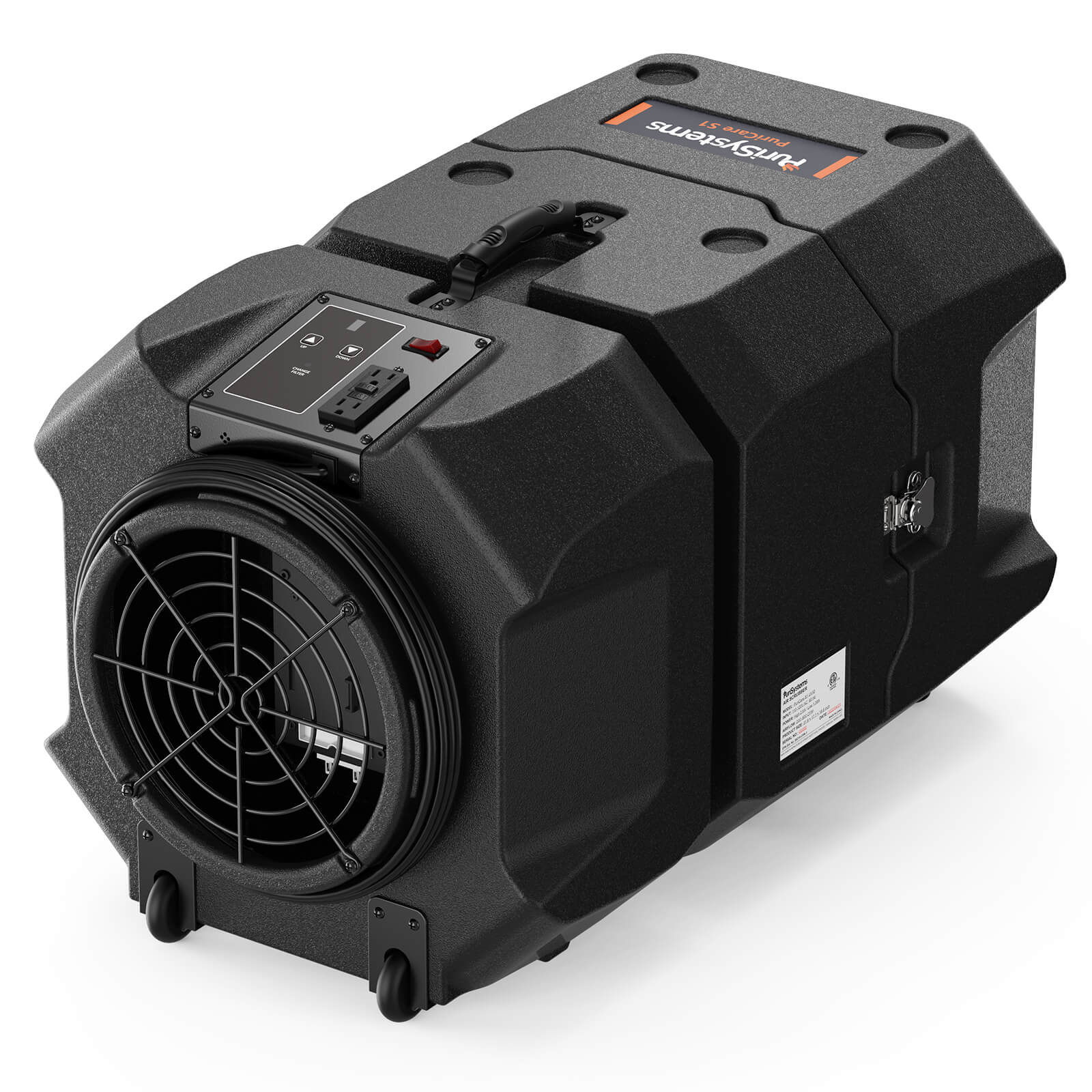




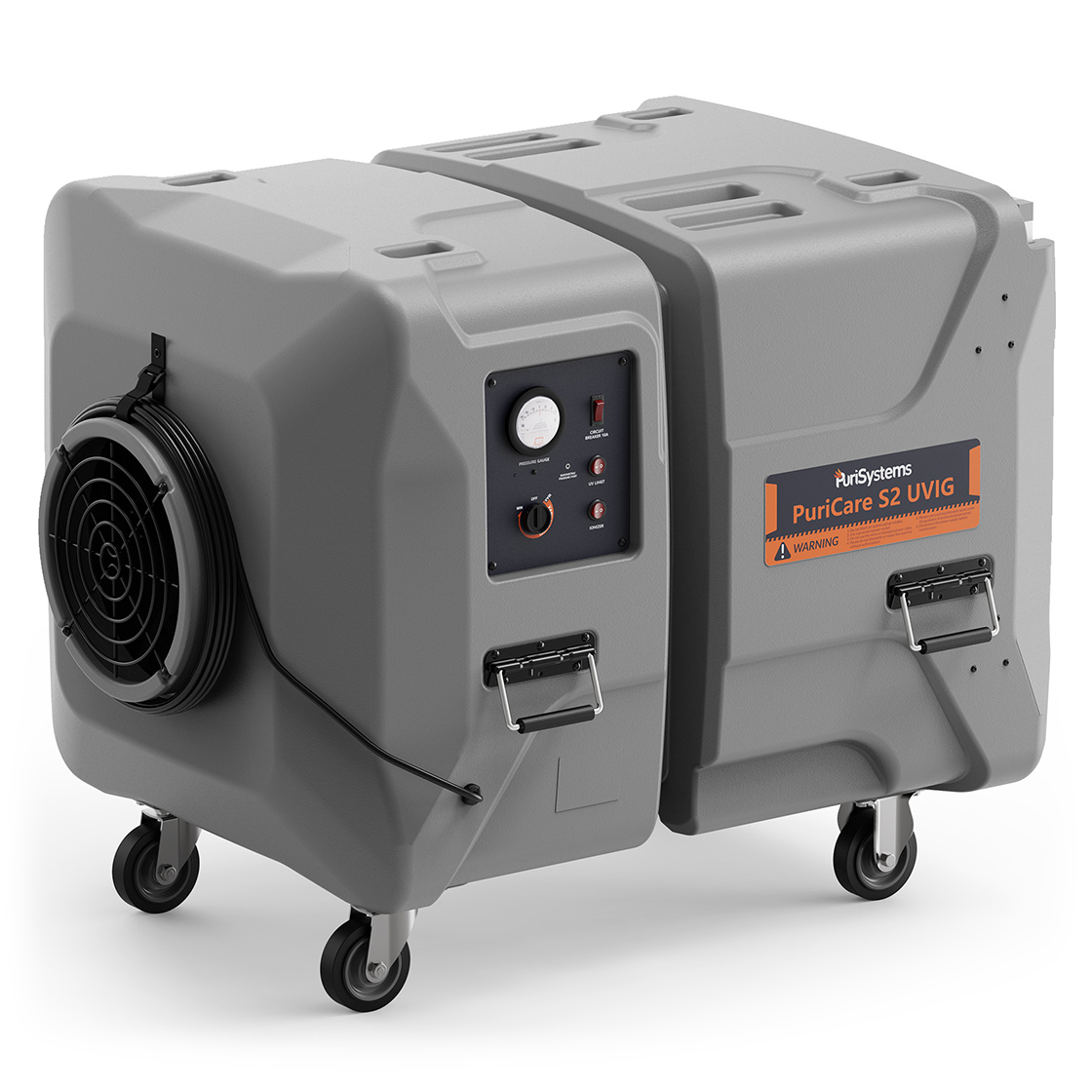

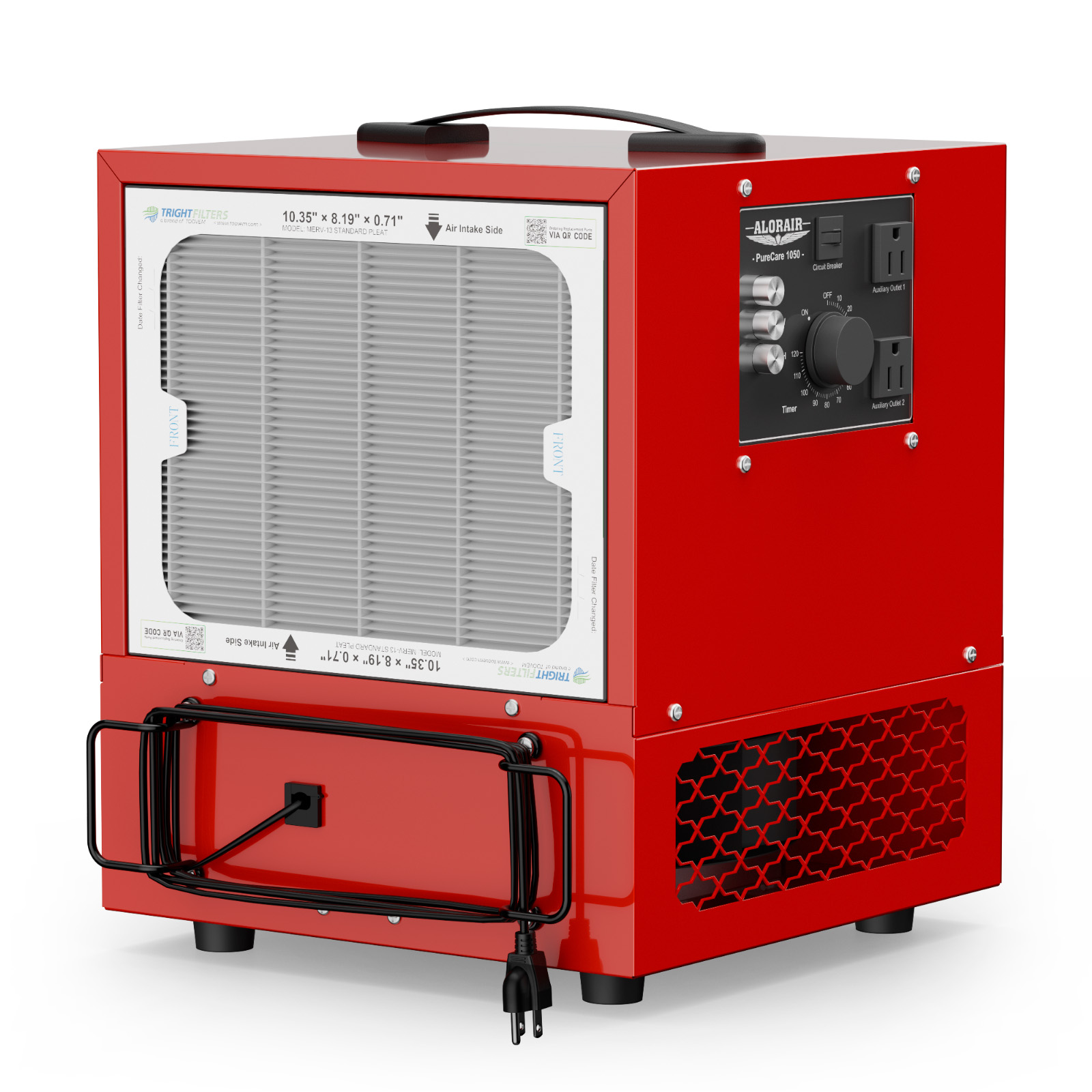
.jpg)
.jpg)
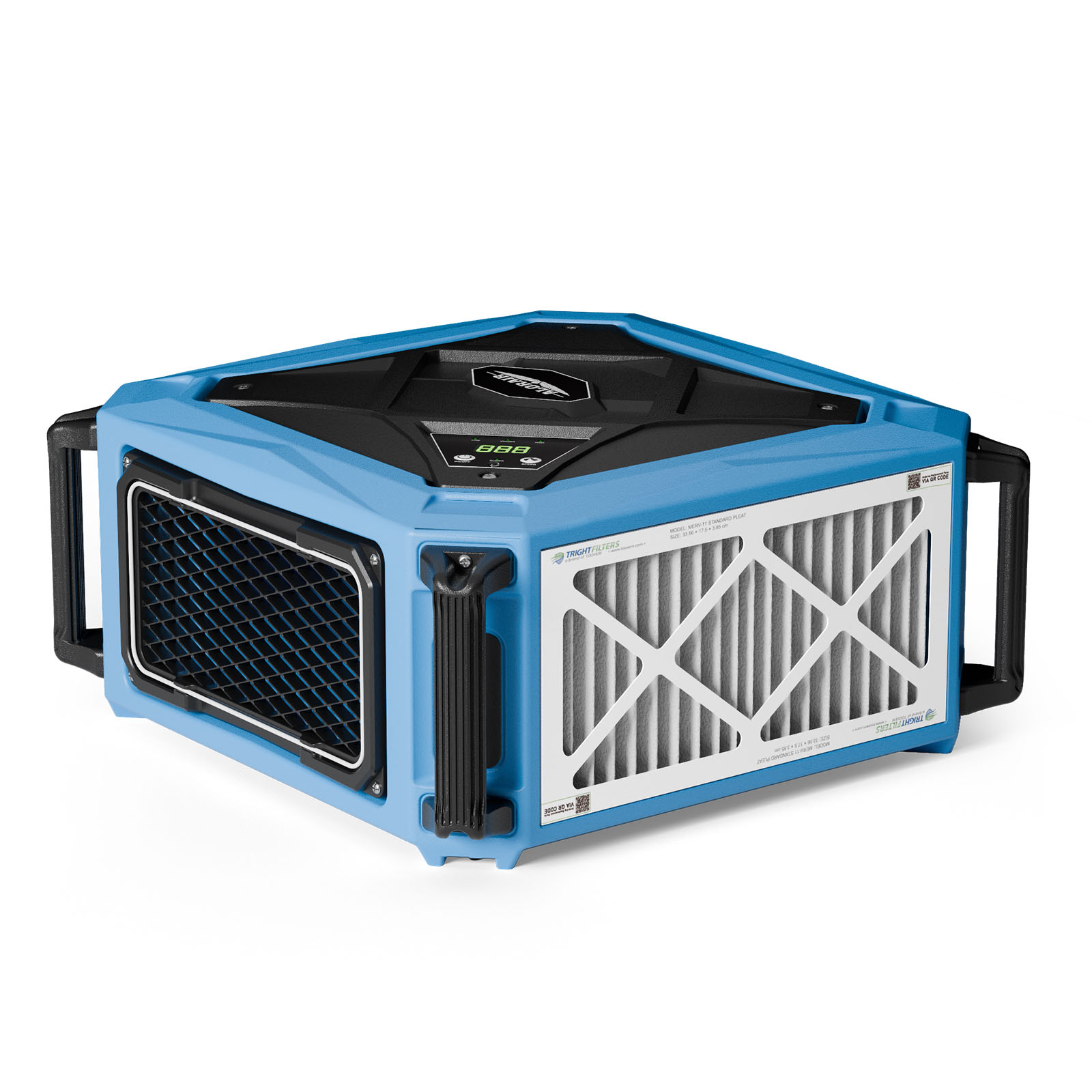

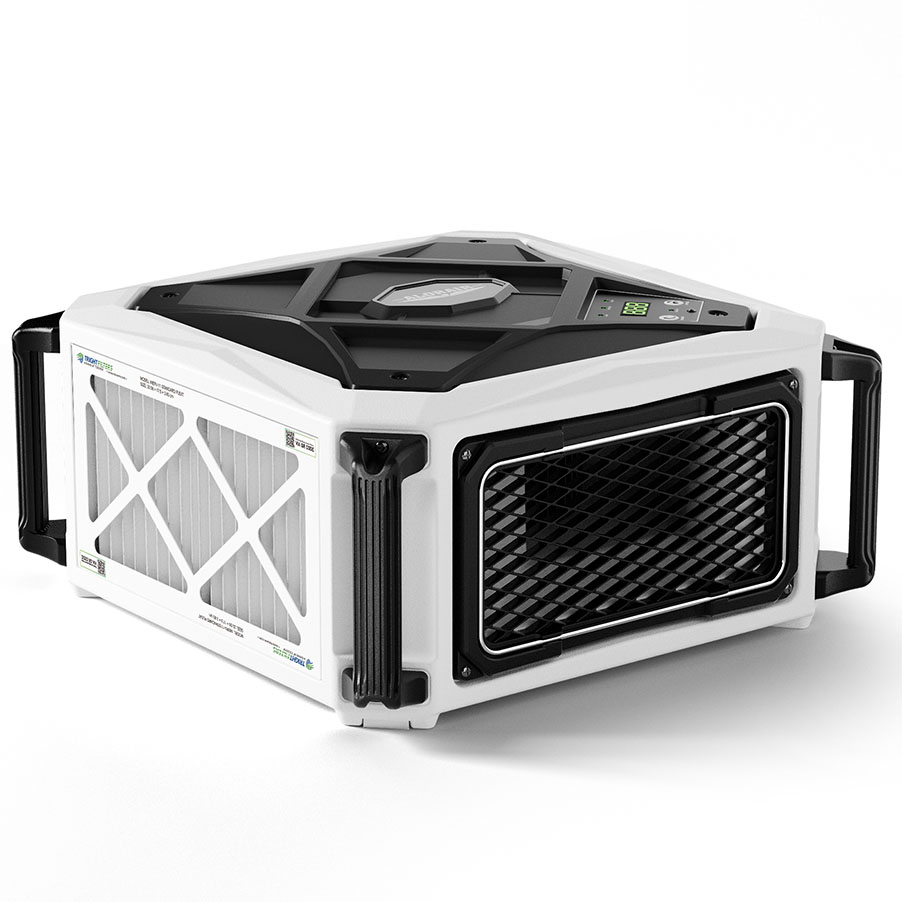
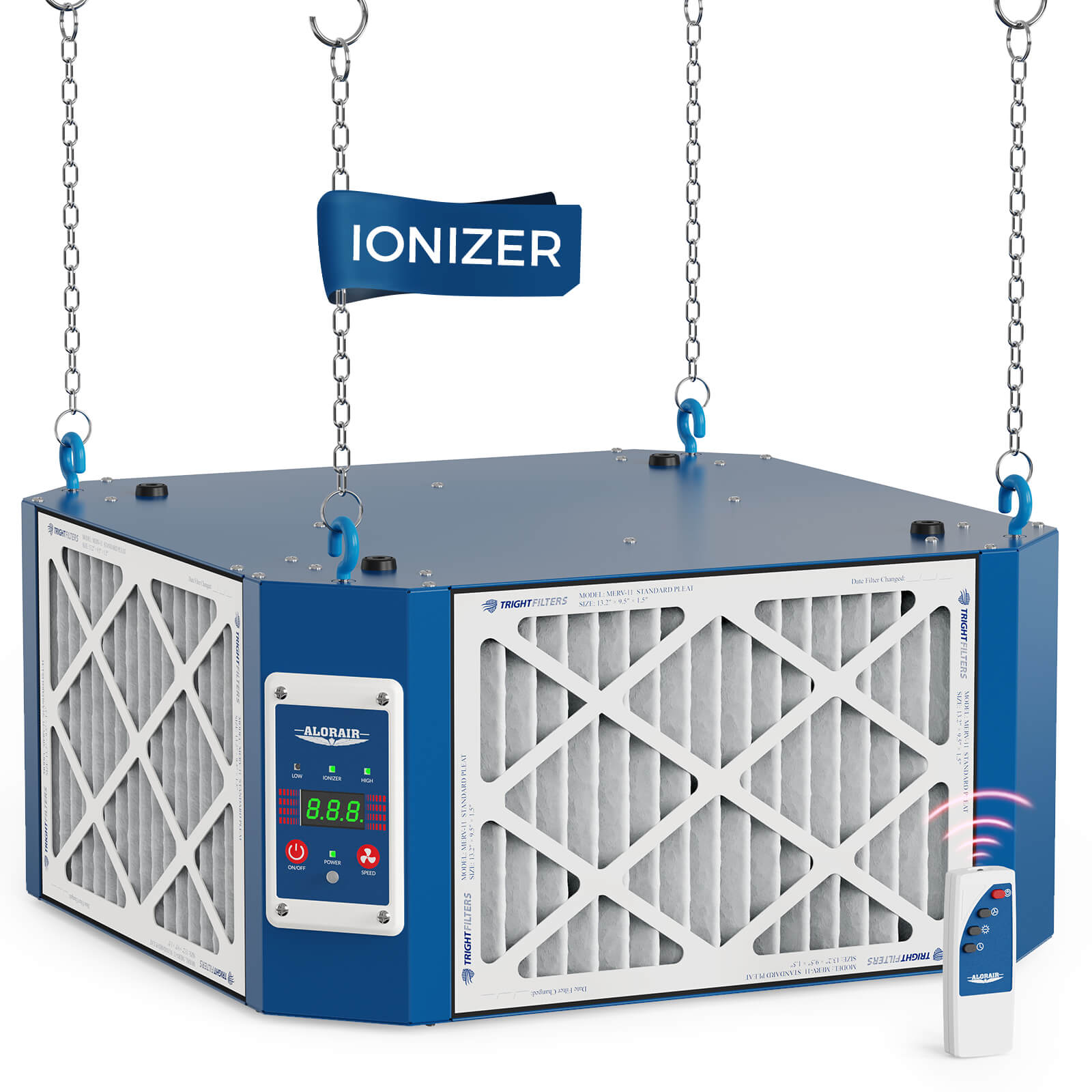
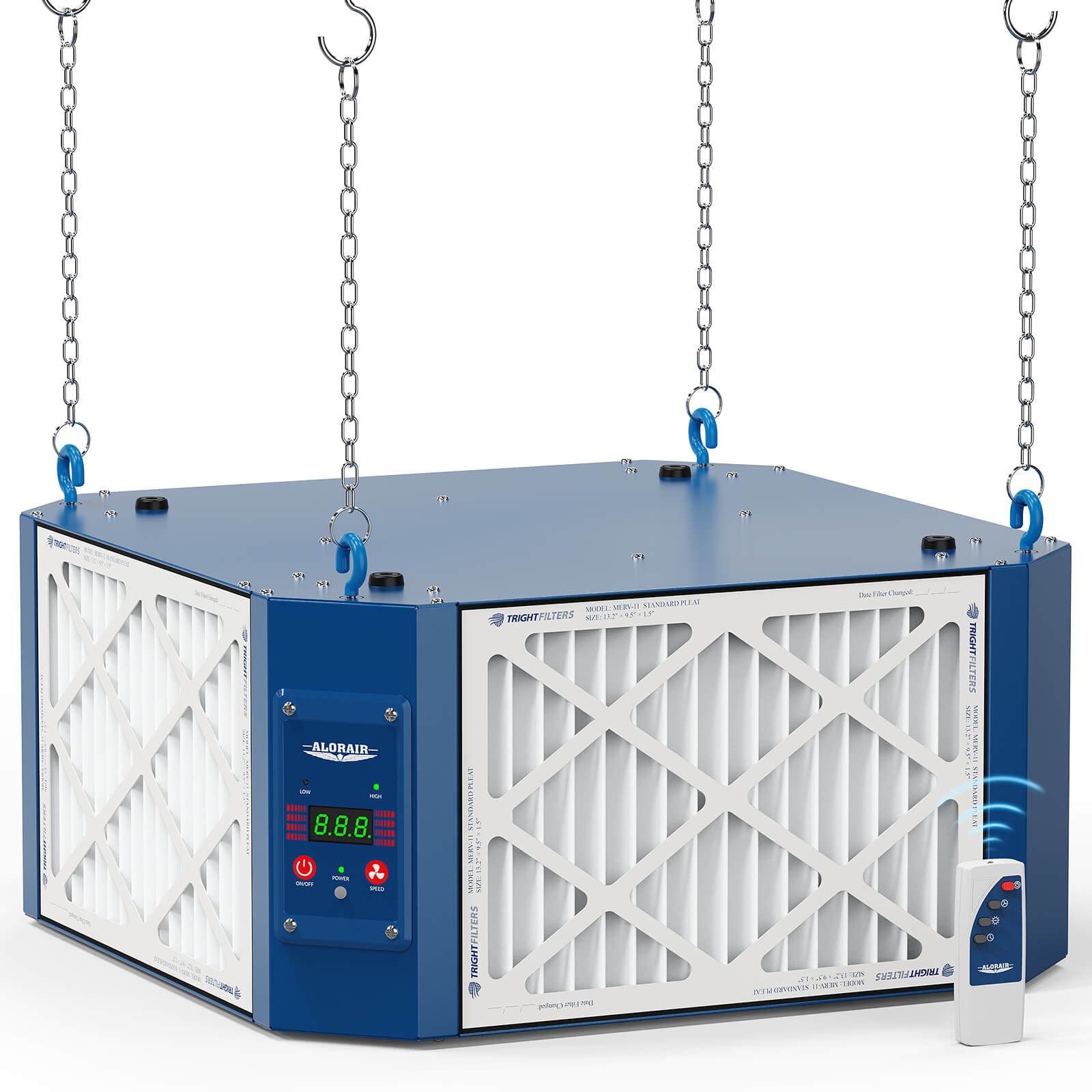
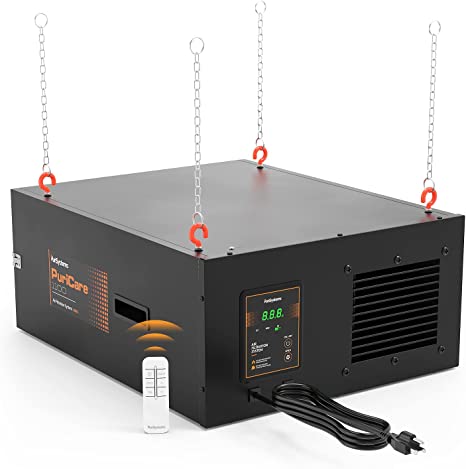

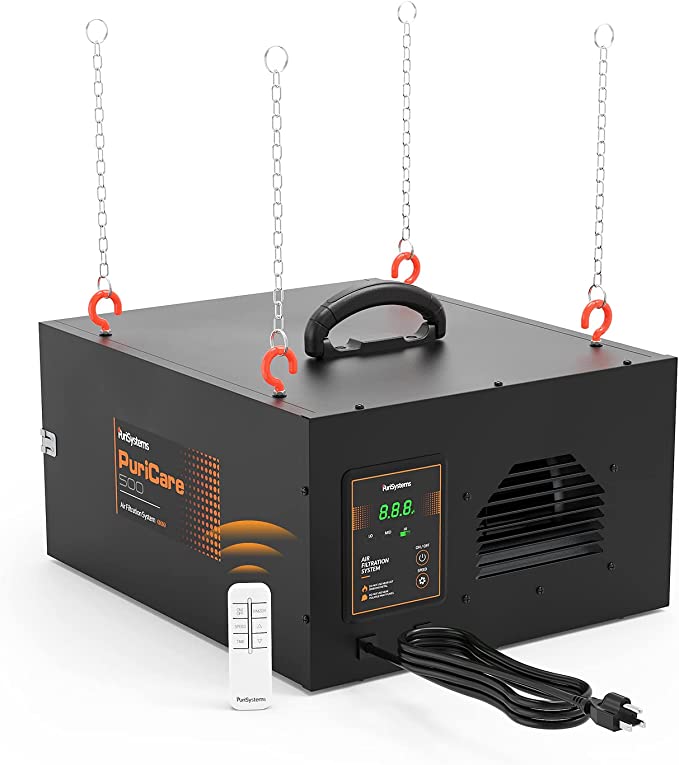


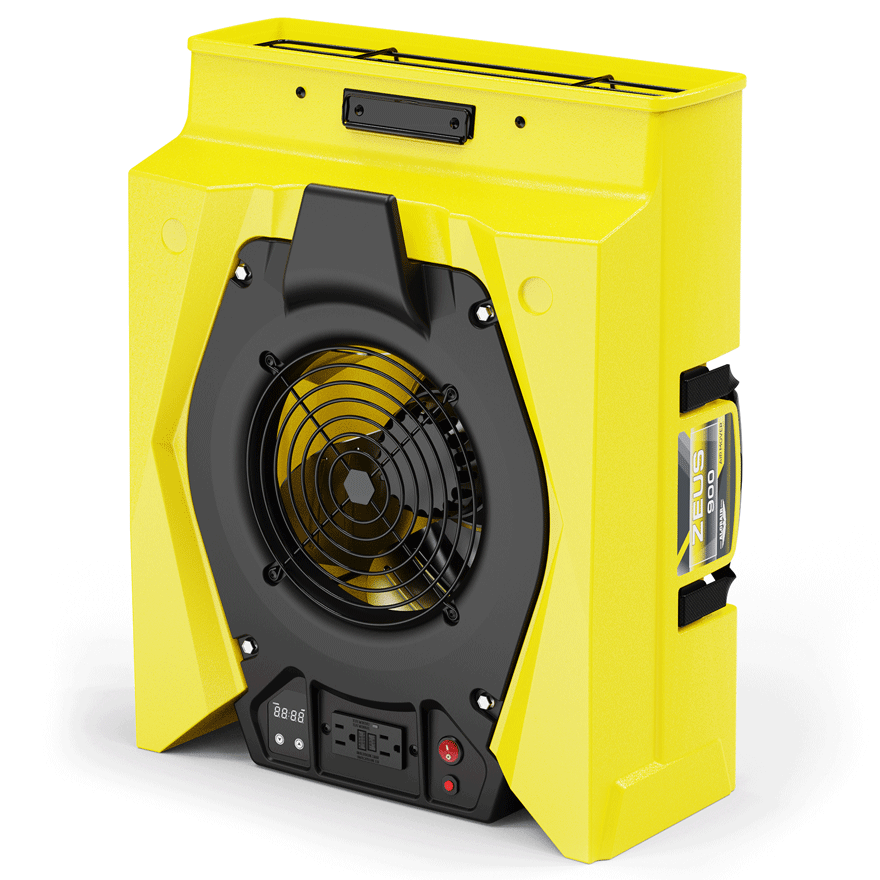


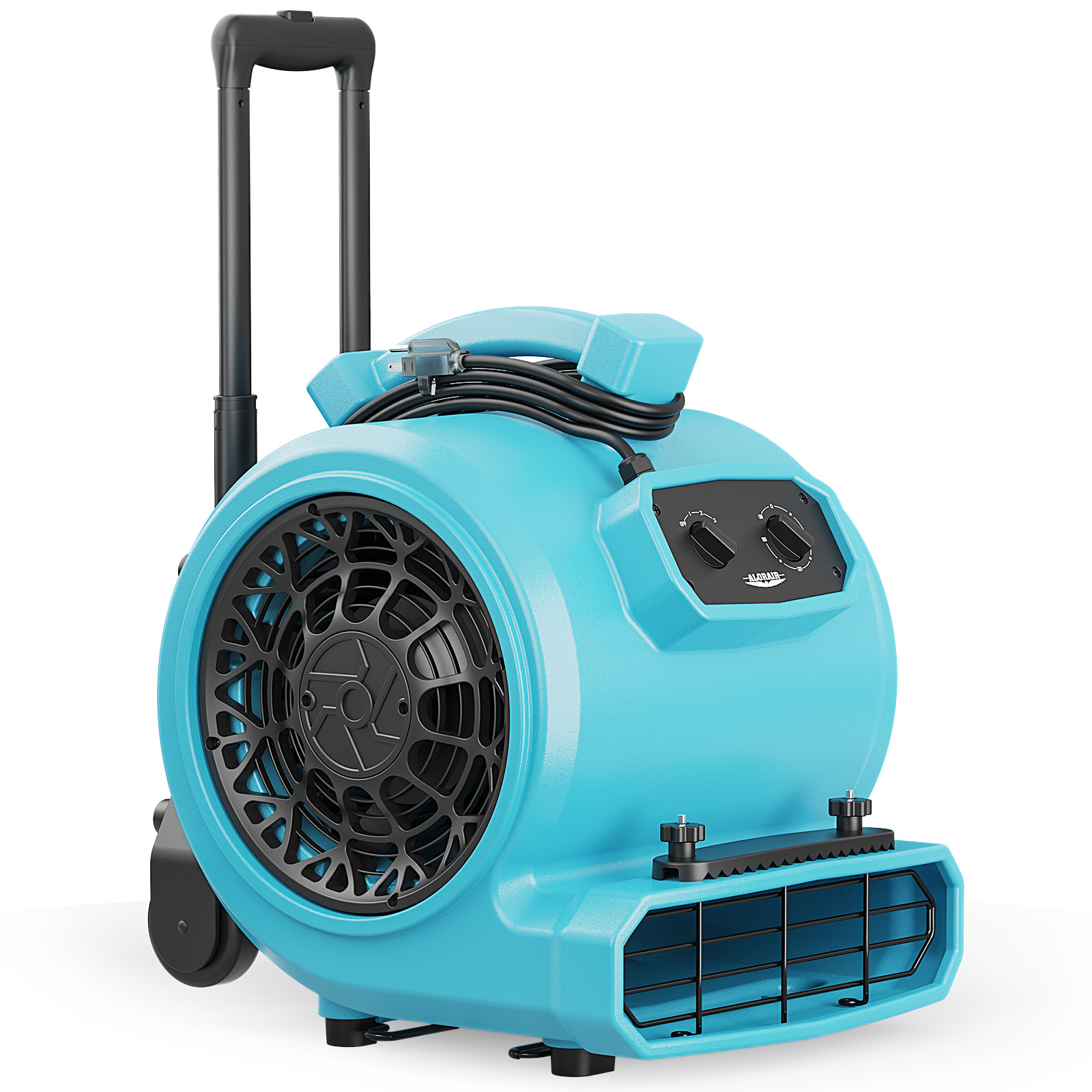
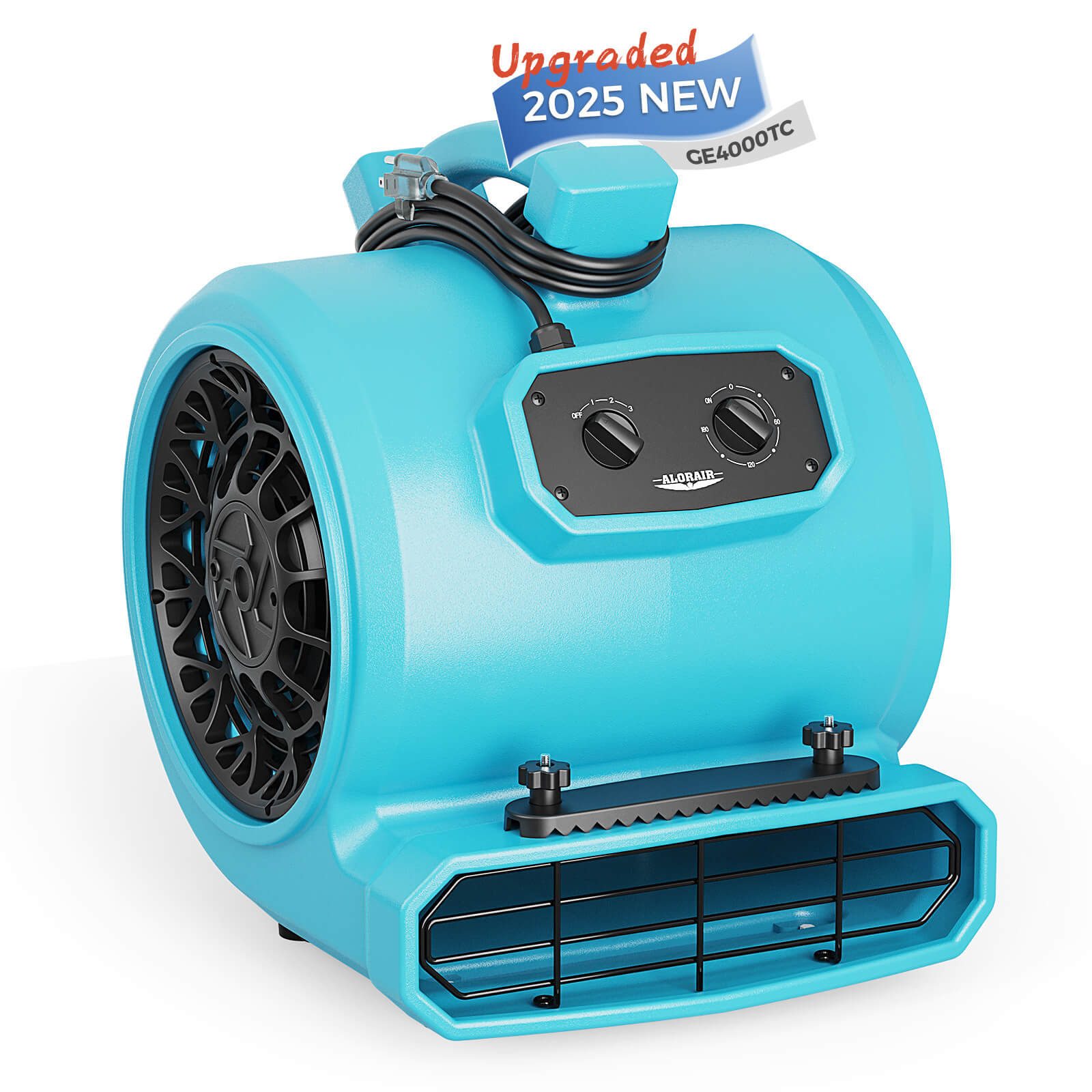
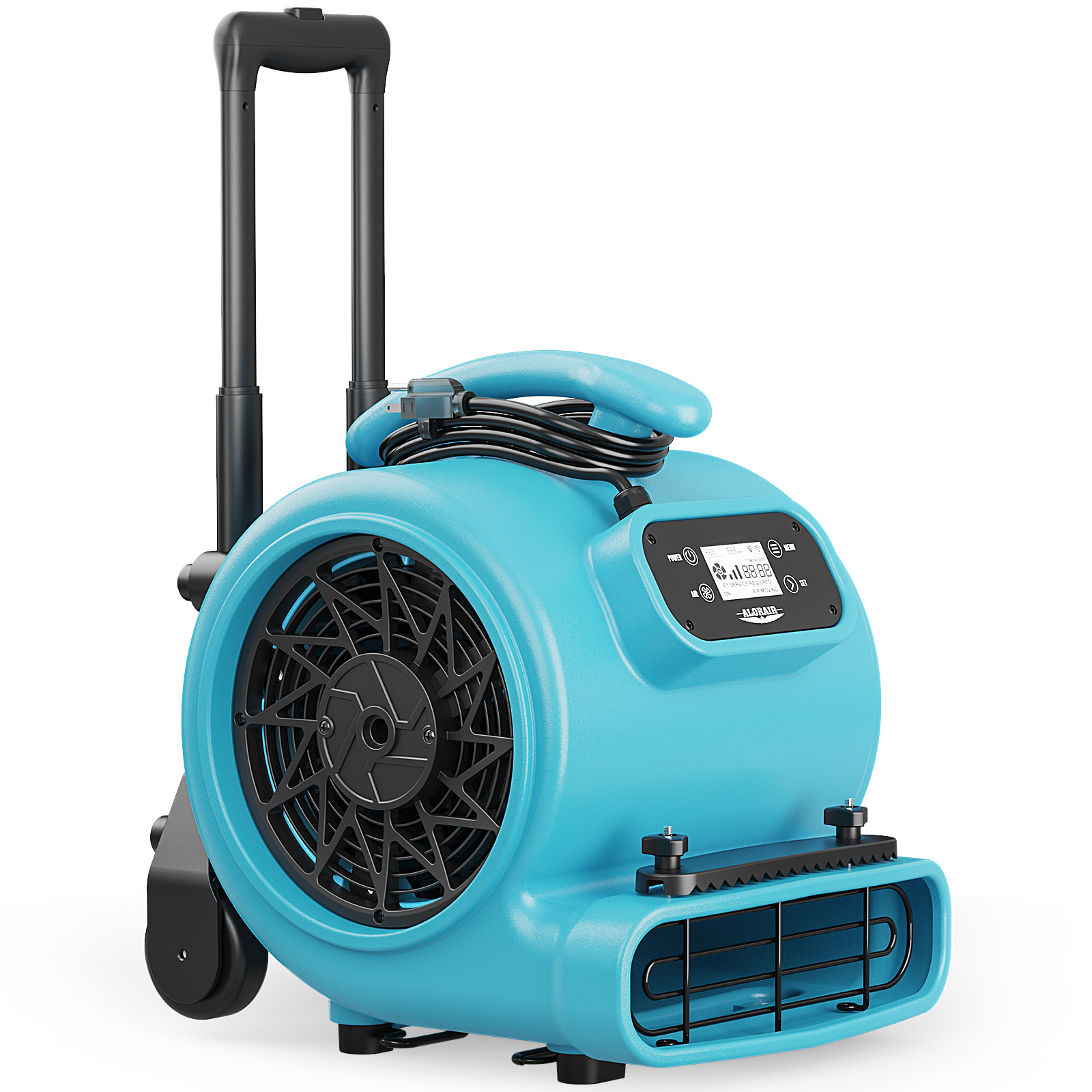

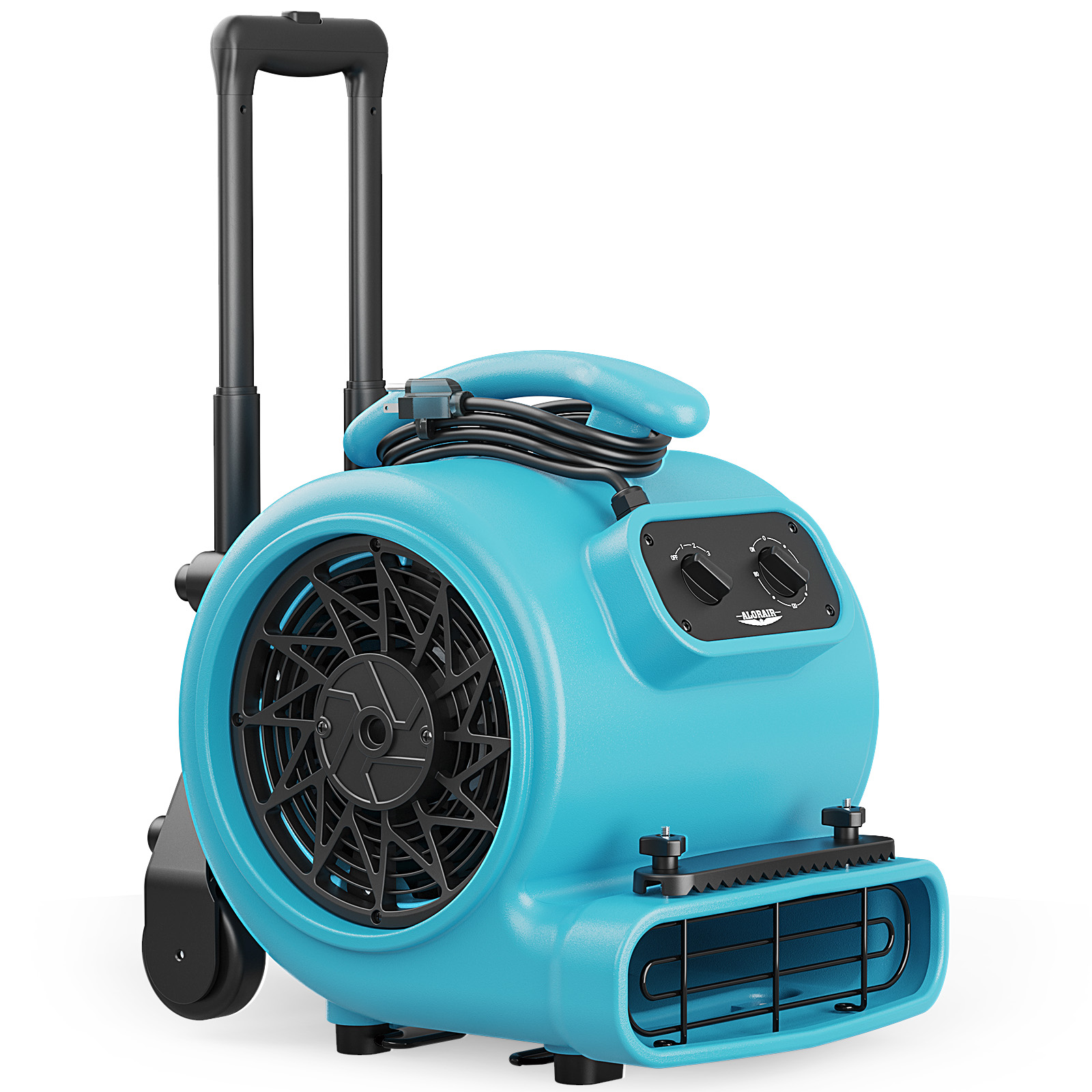

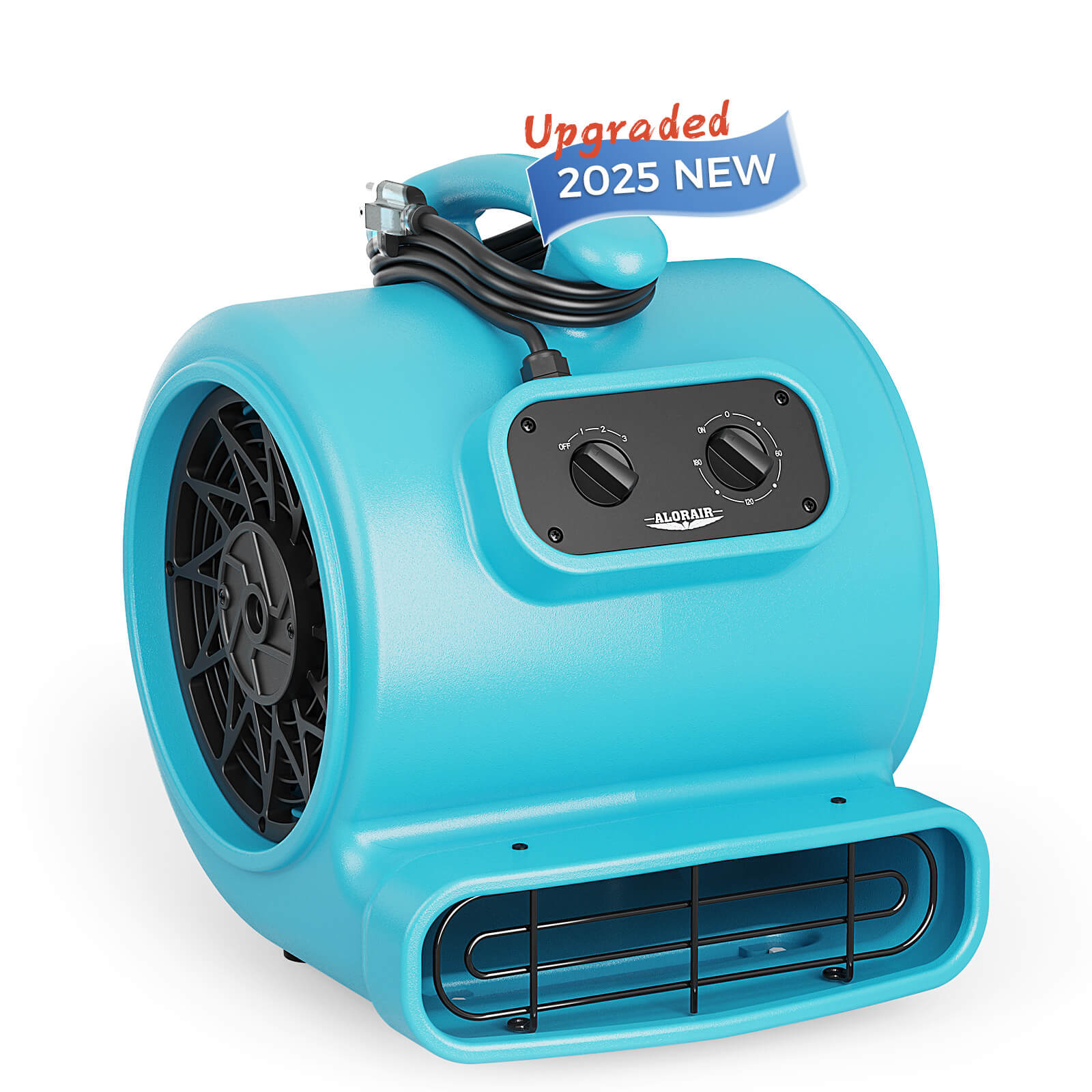
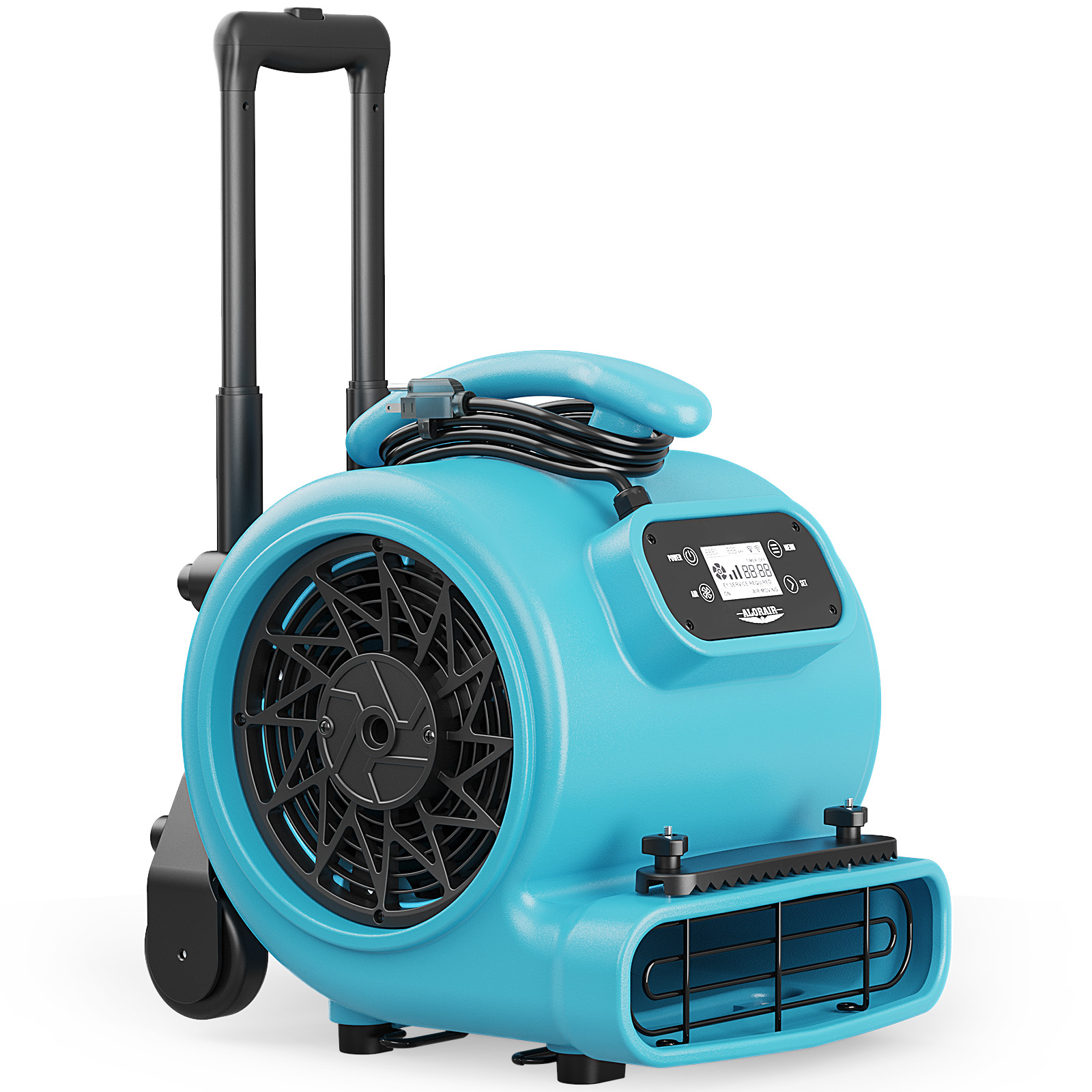
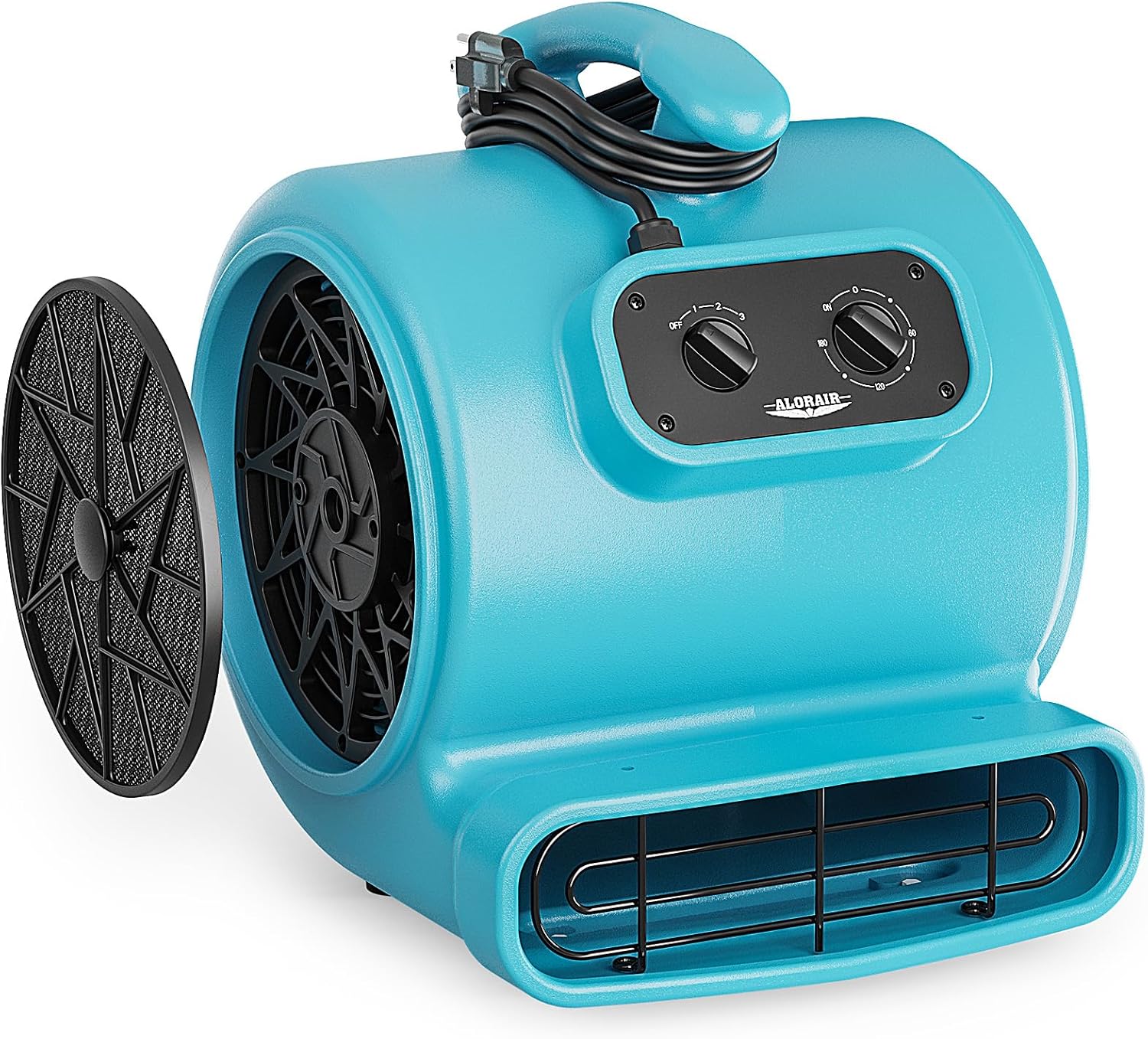

.jpg)
.jpg)
.jpg)


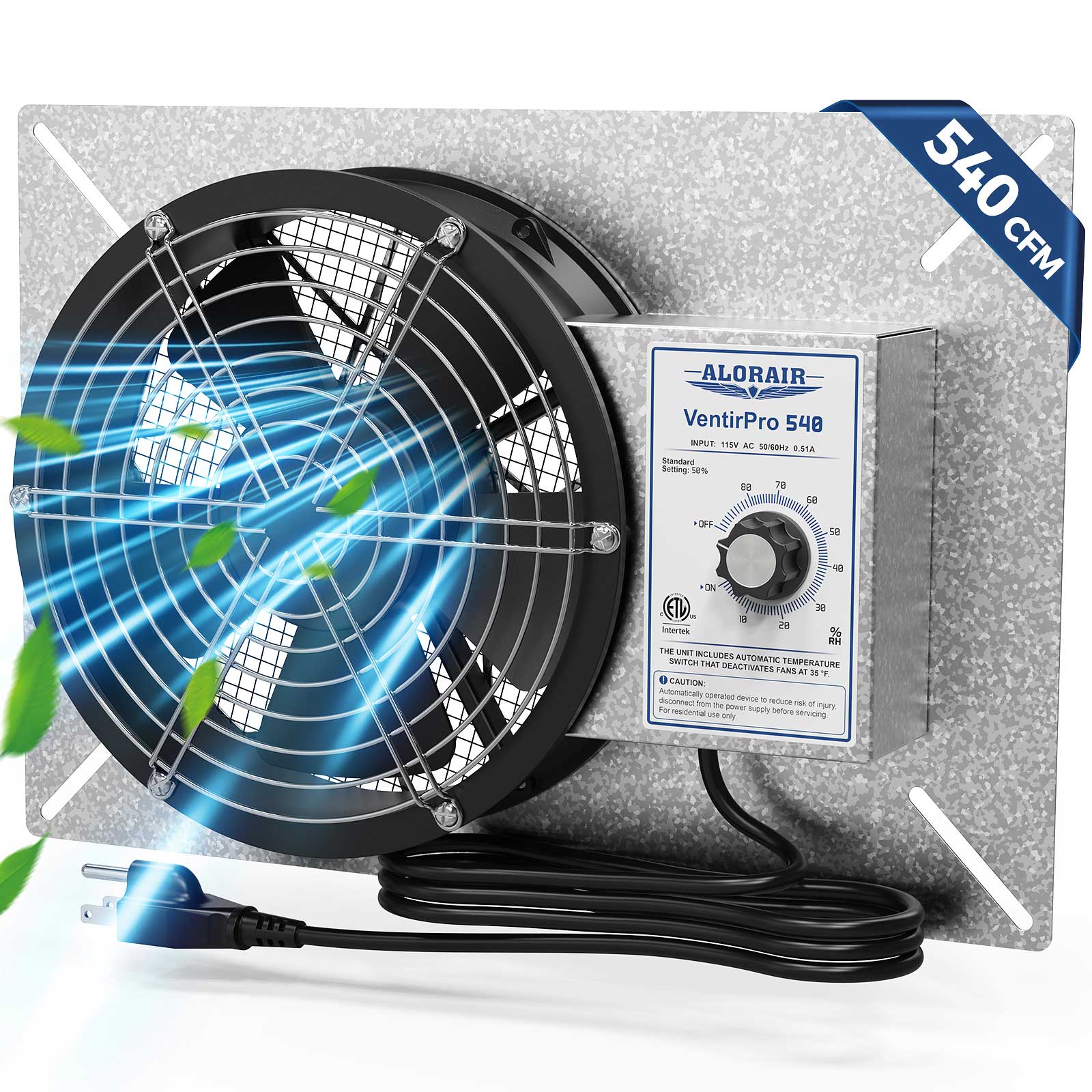

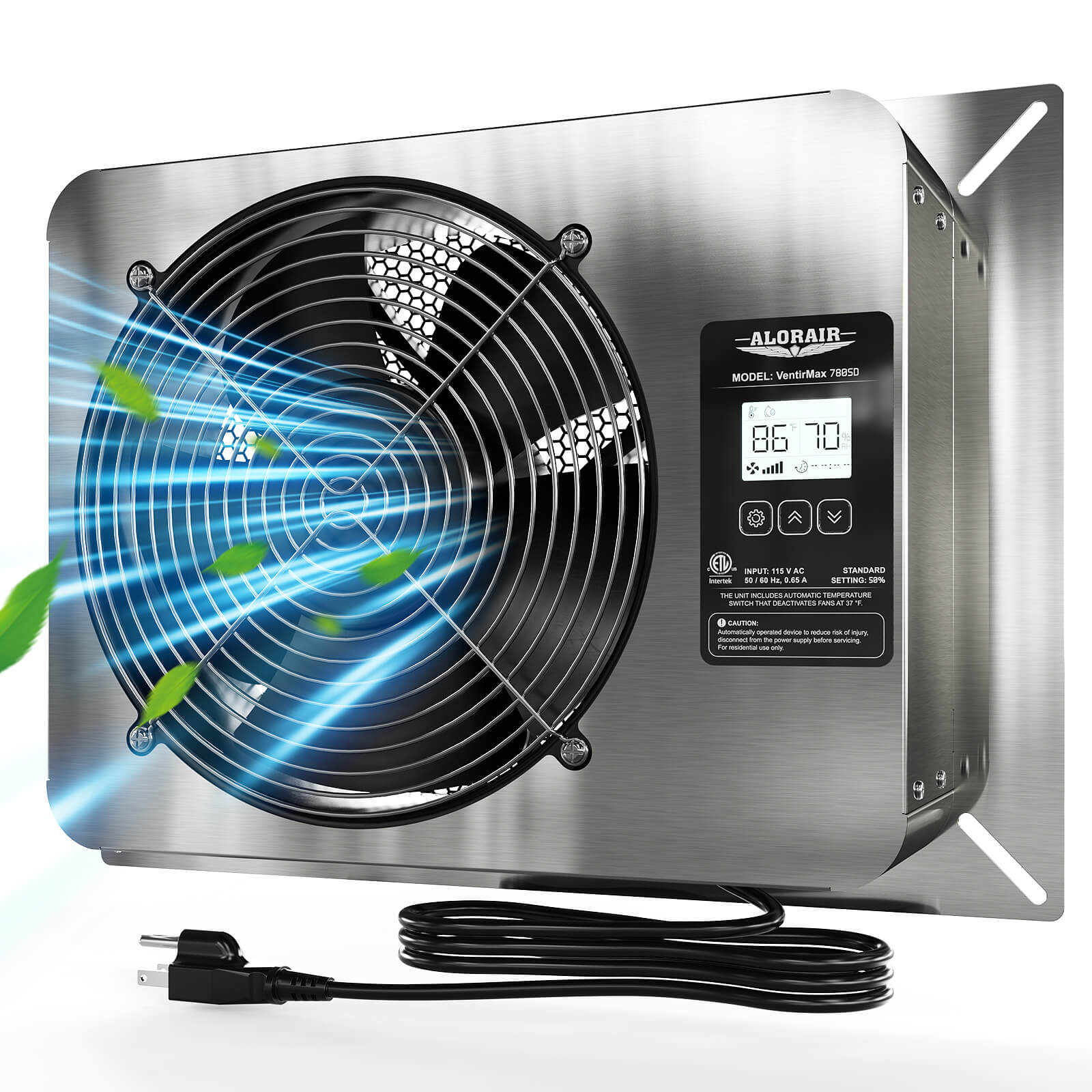
.jpg)
.jpg)


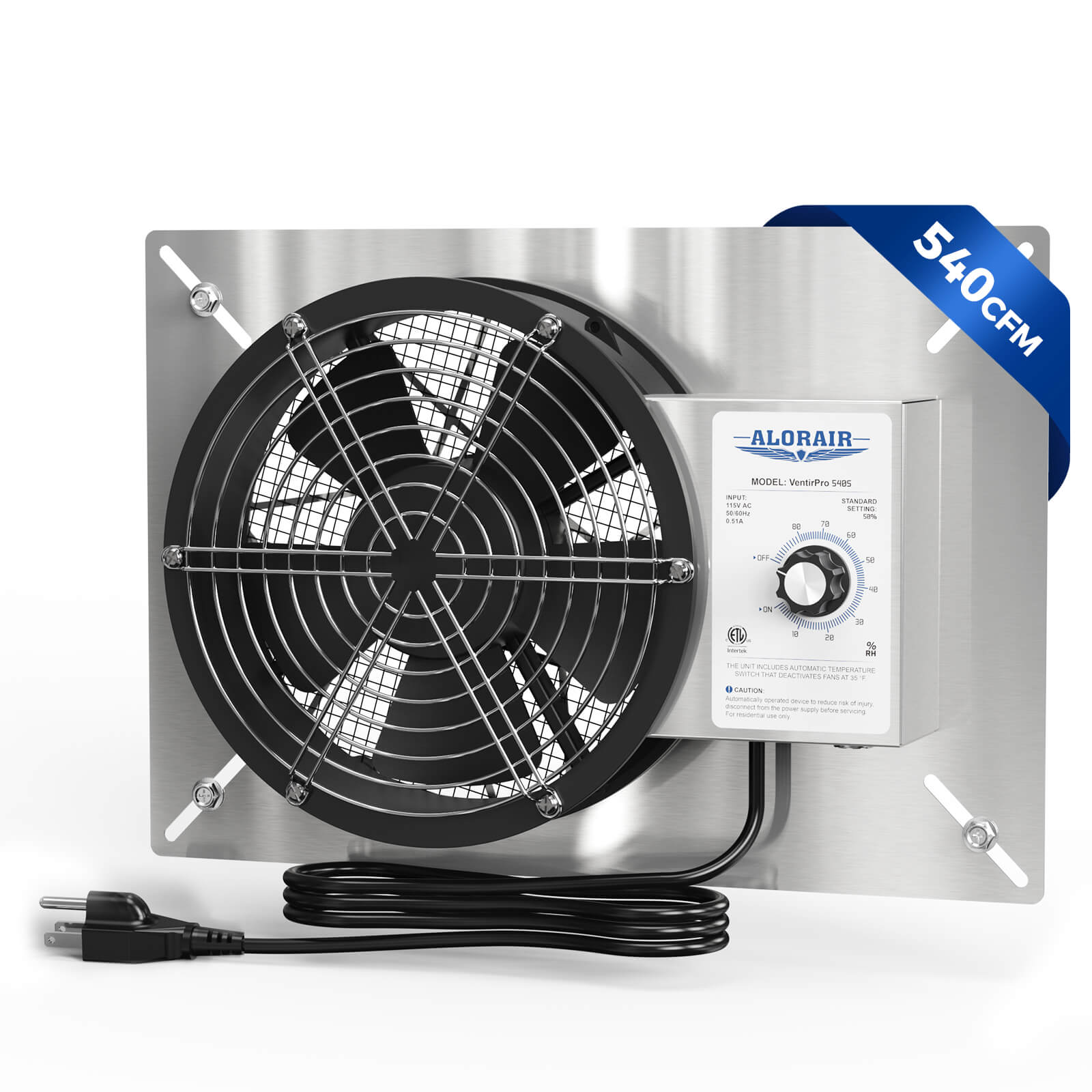

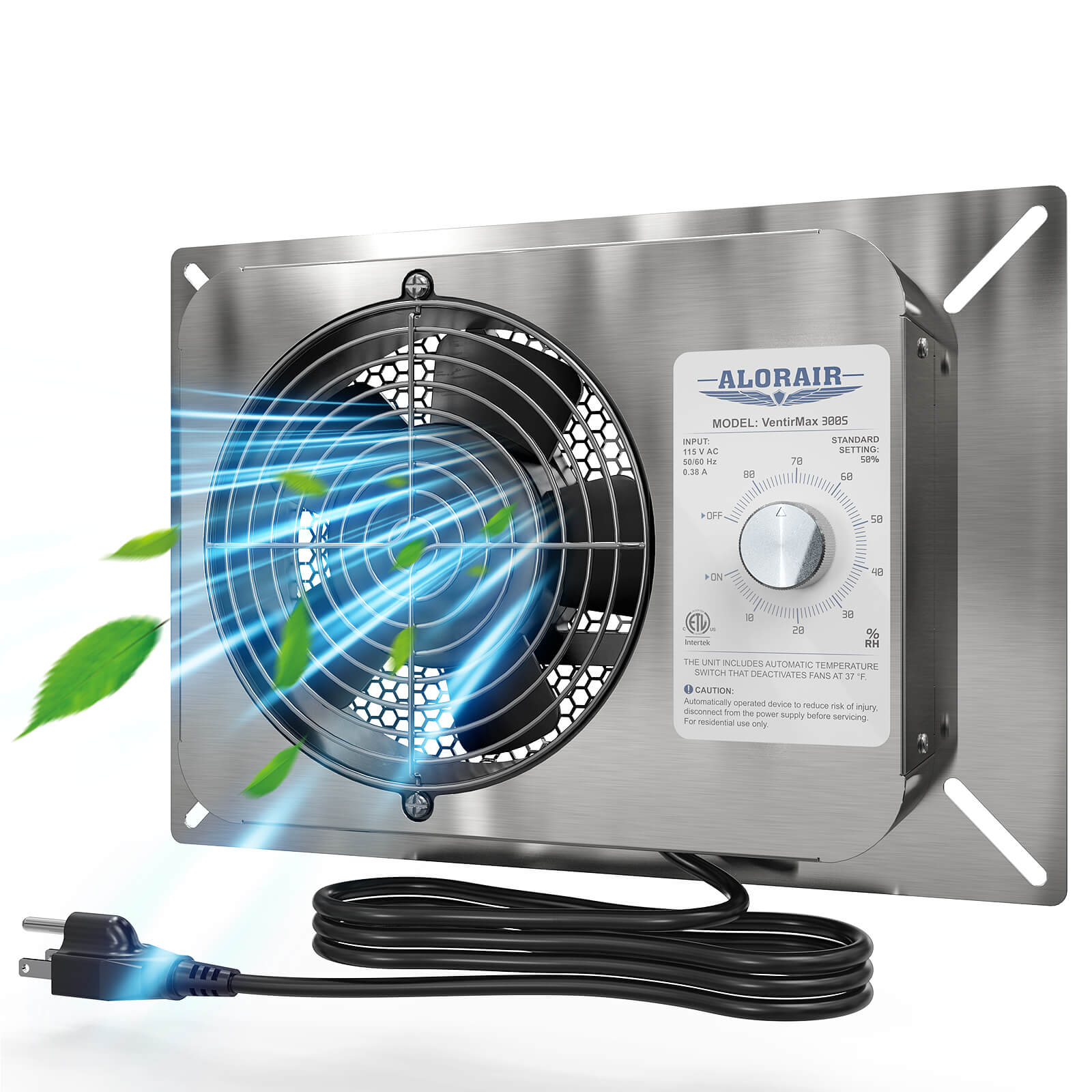


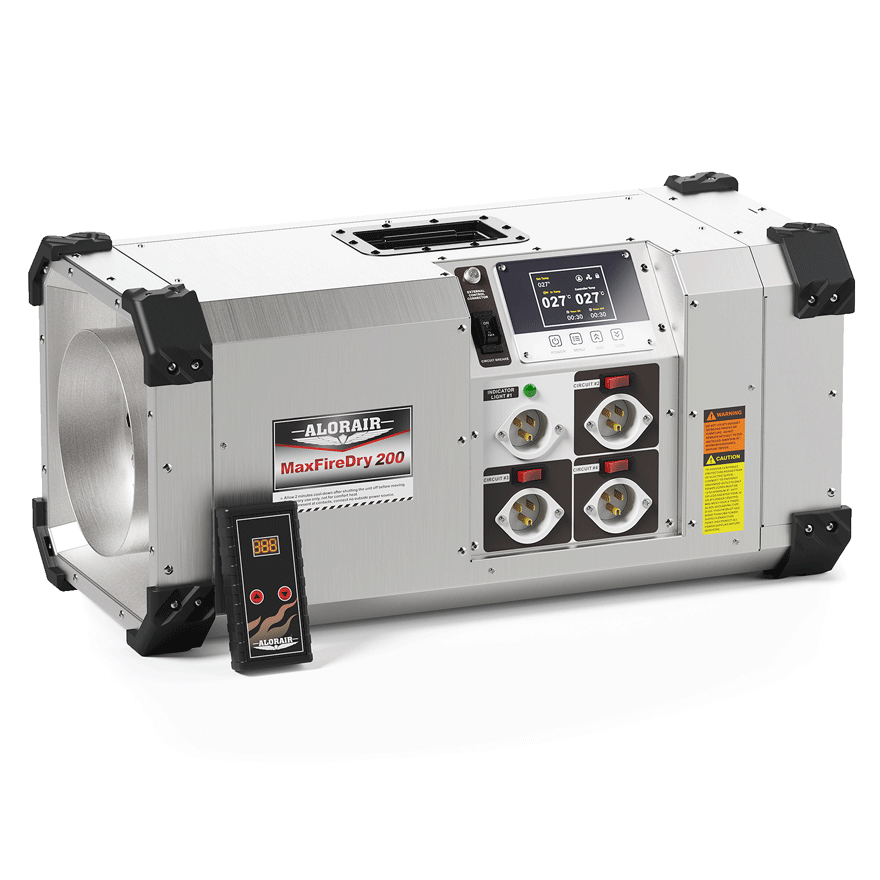



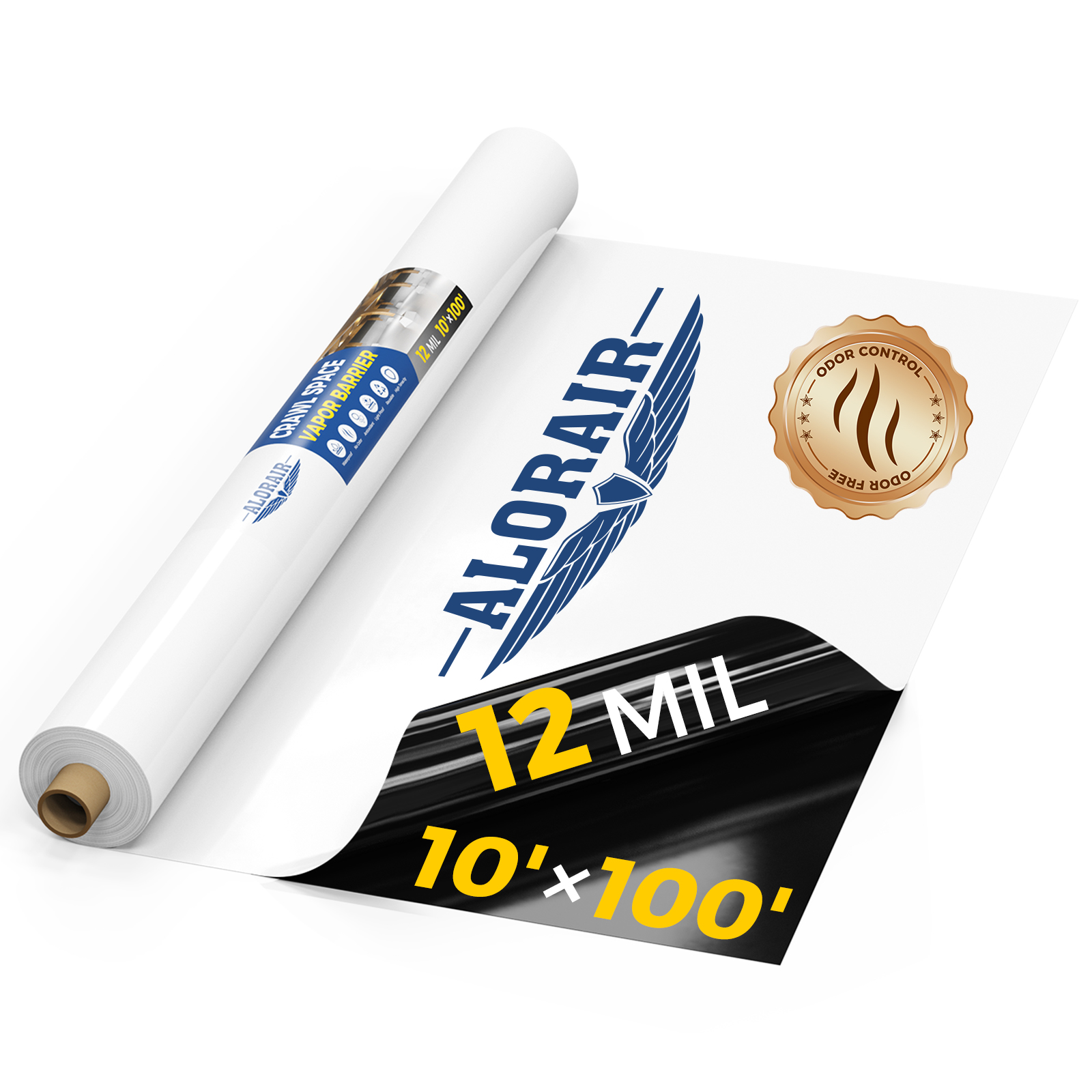


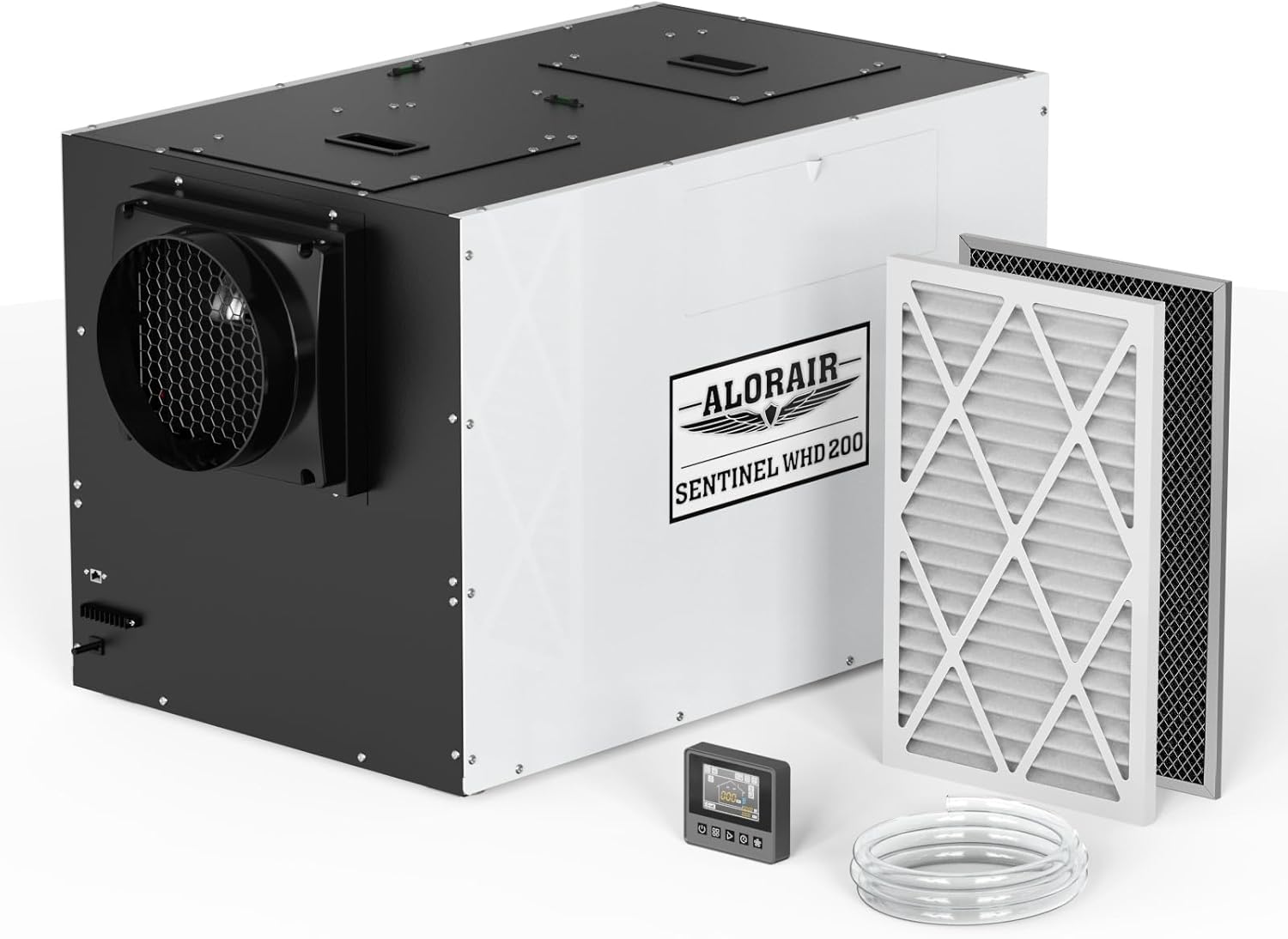
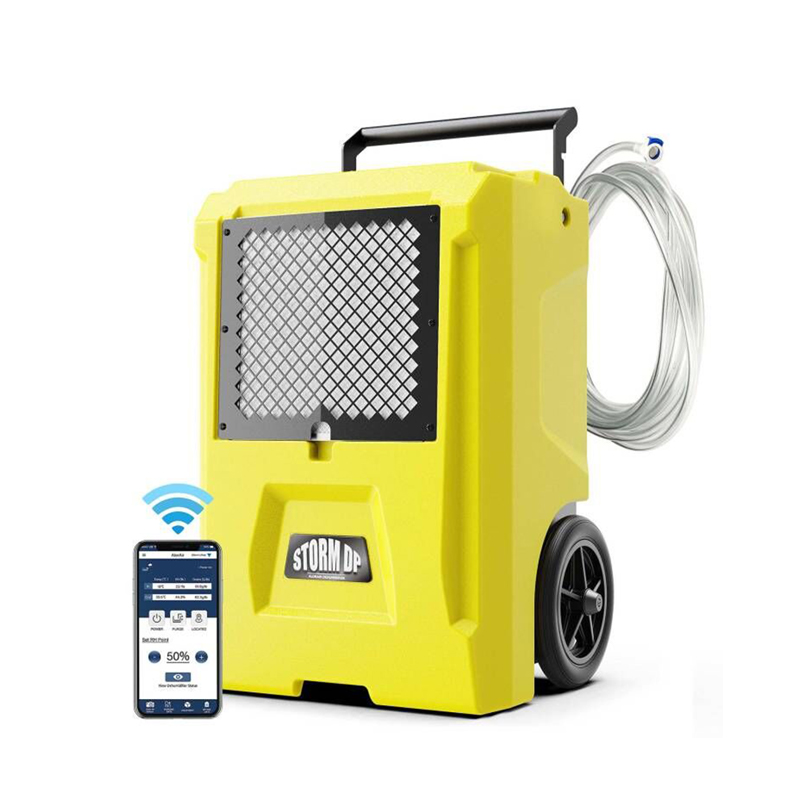
-.jpg)
.jpg)

.jpg)
.jpg)


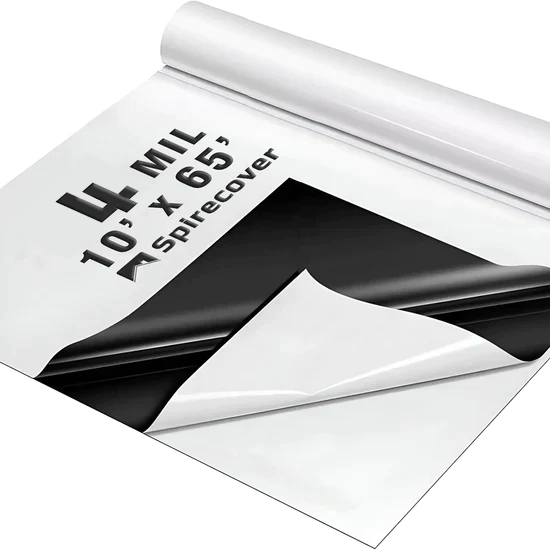
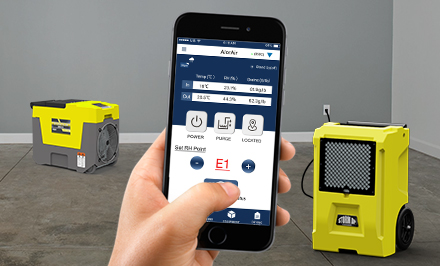



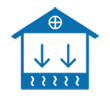













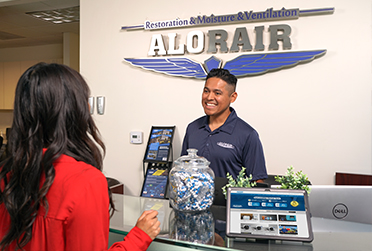
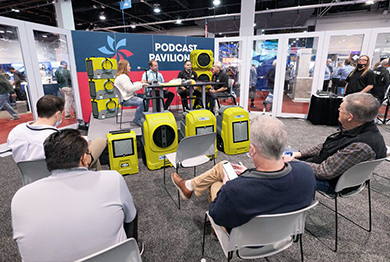




 Exclusive offers
promotions
Exclusive offers
promotions

